Looking for some of the best off the beaten path Japan destinations? Smart decision! And I’ve put together an amazing list of unique destinations and hidden gems that Japan has to offer!
There’s no doubt that traveling to a foreign destination can bring about a sense of adventure. You can jump right into exploring fascinating, unfamiliar cultures with a renewed zest for life and sense of adventure. But there’s even more of a thrill that comes with discovering hidden gems tucked away from the busy cities of the world.
You can experience the magic that comes along with exploring a new place that’s been relatively untouched by tourists and as a result, remains as culturally authentic as possible. Less visited, but arguably more beautiful, Japan off the beaten track offers incredible destinations that guarantee the experience of a lifetime.
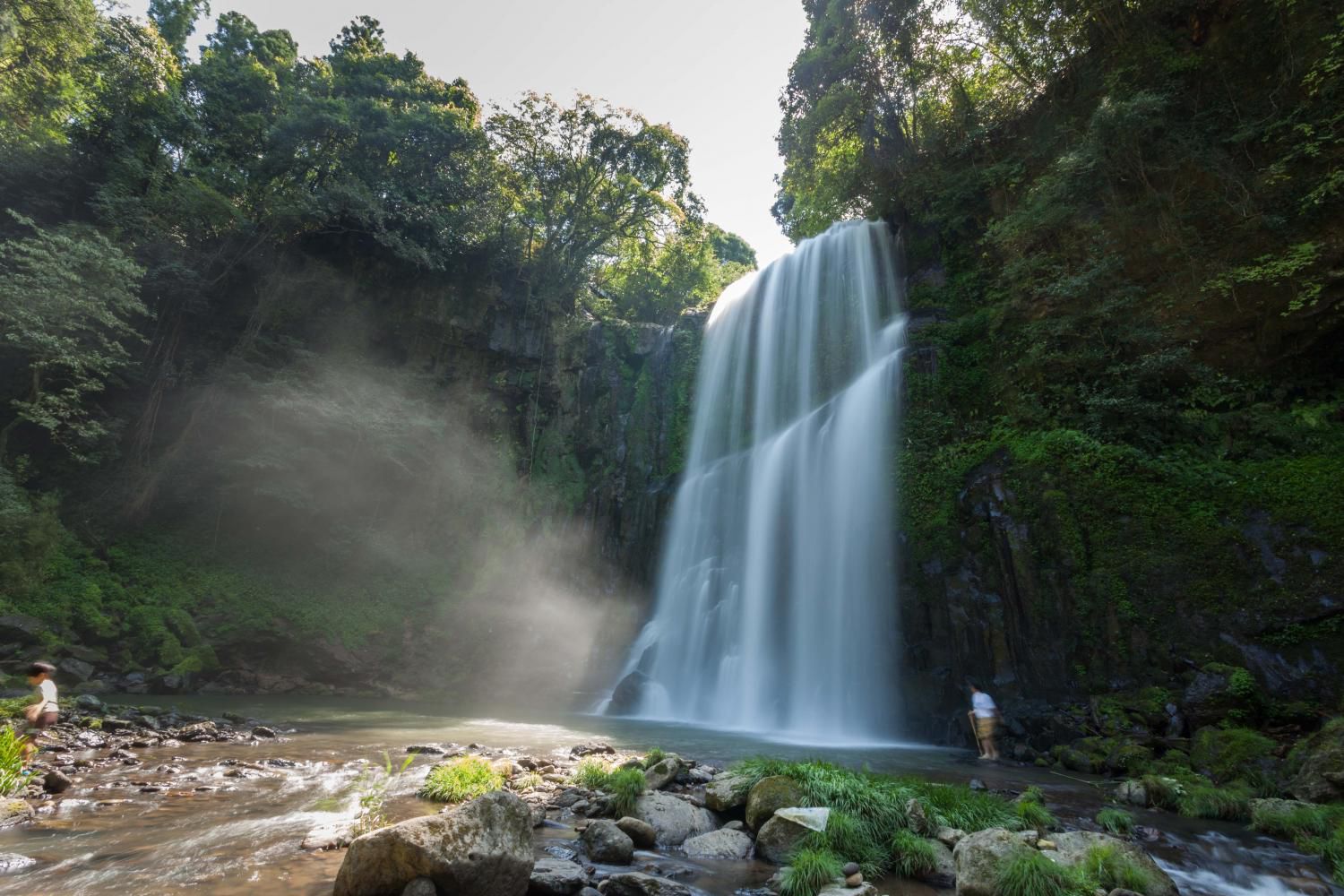
Many cities, towns and villages in Japan have retained their own unique historical charm, reminiscent of times of old. With beautiful shrines and temples, authentic cuisine, interesting locals and yes – world class hot springs- the fringes of the major urban areas can reveal many of the hidden gems of Japan. And they’re just waiting to be discovered by you.
For a truly unique experience in Japan, head to these special destinations that truly exemplify the real heart and soul of the country.
16 Japan Gems You Don’t Want To Miss Out On
It’s easy to fall into the same tourist traps when visiting a country you might not be that familiar with. And much like other places in the world, the outskirts of Japan aren’t that well-known or well-trafficked by foreigners. That’s why I’ve outlined some of the best little-known Japanese locations you definitely want to add to your Japan itinerary.
1) Hakone
Just west of Tokyo, in Japan’s Fuji-Hakone-Izu National Park, lies the mountainous area of Hakone. Famed for its divine hot springs, the beautiful forest region is comprised of quaint Japanese mountain villages, relaxing spas and unique adventures, attracting both Japanese visitors and travelers from around the globe.
Across Lake Ashinoko, the views of Mount Fuji will take your breath away, and its the ideal escape from the frantic pace and huge populations of Japan’s city centers. Here you can experience for yourself the many cultural activities the region offers, like the Yumoto walking tours that take you to local sights such as the Kumano shrine and Tamadareno Falls.
The Hakone region is comprised of seven villages, each with its own distinct history, culture, scenery and hidden secrets. From the deep-set river valleys to the volcanic waterfalls, traveling through these pristine natural locations allow you to discover parts of the Japanese culture that aren’t so well-known – but should be! There are a number of hikes you can do, many charming streets to be discovered and authentic local eateries and shops to be visited across the area. Depending on your taste and allowed time, you can bounce between areas to fully partake in a range of local specialties.
If you’re really keen to get fully involved in the local culture, be sure to book yourself a geisha experience. It includes an authentic dinner that is the most representative of a traditional ozashiki, that is, a gathering of friends. Indulge in the culture with dancing and music, authentic cuisine and attire, as well as fascinating conversations with locals.
2) Sado Island
Located just off the coast of the Niigata Prefecture, Sado Island is actually one of Japan’s largest islands, despite not being a household name. In the past, the remoteness of the island allowed it to serve as a home for political exiles. The Buddhist monk Nichiren, the former Emperor Juntoku, and the founder of Noh Zeami Motokiyo once called this island home. Nowadays the island holds no exiles, but it’s still rich in culture and religion.
There’s plenty of exploring to be done on Sado Island. Visit the gold and silver mines that were paramount to the local economy hundreds of years ago, learn about the unique tribune tug boats or discover the rolling rice paddy fields on the mountainside. These rice paddy fields often belong to one family for several generations, with many families having lived and worked on the grounds their entire lives.
When you’re not learning about the distinct history of the island, you’re going to want to soak up the beauty of the destination’s shorelines, unique rock formations and thick forests. And as with Hakone, Sado Island is also home to many natural hot springs. Why not spend the day checking these out too? It’s definitely one of the most popular things to do on the island.
One of the biggest attractions on the island is the Earth Celebration. Held each August, the celebration brings thousands of people together to listen to music performed by the Kodo taiko group. Along with good music, you’ll also find a number of fascinating workshops at the festival. Attend a traditional taiko dancing show, or beat your hands at the taiko drumming circle.
3) Oita City
The hidden city of Oita was once the gateway to trading with the west. As a result, modern day Oita has a distinct mix of many religions and ancient artifacts from Europe. Because of this connection to Europe, many of the Oitan people converted to Christianity, before Japan prohibited the religion which caused many Christians to go into hiding.
It’s important to have an understanding of the history of Oita, because this change had a powerful ongoing effect on the city’s livelihood and culture. Art and sculptures of Europe pepper the streets and can be found hidden around the city. Many of the standout works are on display at the Oita Art Museum, and are also showcased at the Asakura Fumio Memorial Park.
Peruse the scenic streets and enjoy the town’s idyllic beauty, while the surrounding mountains tower over the city center. A trip to this city isn’t complete without trying some of the Oita Prefecture’s famous fried chicken. Grab a dish at almost any Oita restaurant and your belly will thank you!
Before you leave, marvel at the beauty of Mount Takasakiyama, and visit the wild snow monkeys in the monkey park. Here, you can watch the cheeky inhabitants play around and dance in the sun. You’re welcome to feed them too, which can be fun if you’re traveling with the family.
4) Kanazawa
Great museums scatter the green city of Kanazawa, while leafy gardens offer the chance to relax outdoors and appreciate the sunshine. Beautifully preserved neighborhoods, regal castles and charming Japanese markets are some of the most popular things to do in the area.
In the heart of Kanazawa, you’ll come across one of the best gardens in Japan. Kenroku-en Garden is a tempting destination for contemplative walks wandering around the wide open spaces.
As well as offering the chance to explore some of the idyllic gardens of the city, Kanazawa boasts some pretty impressive Japanese architecture. Ninjadera Temple is an architectural delight, with its secret mezzanine floors, deceptive defense systems and classic Japanese finishes.
The area of Kanazawa also houses a Samurai District, where ancient samurai used to reside with their families. These warriors were skilled in stealth tactics, using bows and arrows along with classic ninja swords.
The market areas of Kanazawa are brimming with local delicacies, and you’ll find a plethora of seafood stalls lining the streets. One of the most popular dishes in the neighborhood is donburi, a steaming bowl of rice topped with a variety of different sashimi.
The markets here tend to be less populated with tourists and more enjoyable and laid back than the commercial ones you’ll sometimes find in other parts of Japan. They’re packed with locals selling freshly caught fish and locally-grown fruit and vegetables, some varieties of which you may not have even heard of.
5) Nanto
Nanto can be found in the southwestern part of the Toyama region, a perfectly hidden part of Japan where an ancient landscape of historic settlement villages lies. These Gokayama Suganuma villages and Gokayama Ainokura villages – with their steep thatched roofs – have been deemed natural heritage sites. And rightfully so.
While you’re in the Nanto area, you should definitely hit up the Gokayama Folk Museum, to get a real feel for the unique lifestyles of these tribes. Check out the ancient artifacts and unusual tools that were once used, and learn about the everyday life and unique architecture of these mountain villages.
Although the villages are the main attractions here, the area isn’t short of impressive temples. One of the most famous temples in the region is the Zuisen-ji Temple. The famous inami carvings originated here, a rich tradition of handcrafted woodwork that you haven’t seen anywhere else in the world..
These inami carvings add to the already unique designs of many Japanese structures. With their intricate designs and elaborate expressions, they can be found along many building exteriors and interiors. The movement that’s created on the wood has the power to bring these inanimate objects back to life.
Another thing that Nanto is well-known for is Japanese paper making. And given that it’s probably something you don’t get to see every day, you should try to attend a paper making workshop. These papers are used to make fans, bookmarks, and other handcrafts, so why not make your own and bring back a totally unique souvenir from your travels?
Finally, if you’ve had enough history for one day, Nanto also has some insanely beautiful forests to explore. The forests are hidden from most tourists so they are generally not busy, and will give you the chance to enjoy some calm and contemplation.
6) Hita
Don’t miss out on the opportunity to visit one of Japan’s most loved hot spring towns, Hita. The town is situated along the Mikuma River and is a totally zenned out, peaceful oasis. Along the banks of the town’s rivers, natural hot springs rich in minerals brim with endless health benefits. Rent out some traditional geta, Japanese sandals, and a yukata – a Japanese kimono – and soak in all the goodness these natural wonders boast.
Unchanged by time, the historic streets of Hita are still home to stores that have had their doors open for generations. They must be doing something right, because Hita is actually home to the oldest merchant houses in the whole of Japan, which date back to the 17th century.
And do you know what else they’re doing right? Brewing incredible iichiko shochu – a native spirit in Japan that is made from barley malt. The white spirit has an incredibly rich and robust flavor, but its surprisingly smooth and easy to drink. Every batch is different, and it’s the luck of the draw whether you will have a stronger finish or a more subdued flavor. Iichiko shochu is made with natural spring water sourced from volcanic rock, and it’s not often you get to taste this quality or style of alcohol. The end results are believed to be the ultimate harmony between science and nature.
To learn about the fascinating production of iichiko shochu, you should head to the Iichiko Hita Distillery. A trip to a brewery is always fun, especially in this part of the world. Tour around the grounds of the distillery and discover the beer-making process, and cap off the unique experience by sampling some of their amazing creations.
7) Fukuoka
Fukuoka is one of the busier cities in Japan. In fact, it’s one of the ten busiest cities in Japan. But don’t let the prospect of a frantic pace put you off. Instead of international travelers crowding the streets for photo ops, the city generally sees a higher rate of domestic travelers than foreign tourists.
The city is equipped with many modern amenities, yet you can still explore many historical sites and get lost in the land of temples and shrines. Spend your time here wandering through the city parks, tasting the astounding variety of noodles on offer, sightseeing in the city and checking out the Fukuoka Tower.
One of the biggest draws to visiting Fukuoka is that it’s right next to the sea. So when the weather is good, you can always spend some time enjoying the waterfront or visiting the Uminonakamichi Seaside Park, a floral oasis with a sunshine pool.
Because Fukuoka is right on the coast, it’s a great base for island hopping – Japan style. There are plenty of fun islands to visit nearby, like Nokonoshima, which is only a ten minute ferry ride away. While you’re galavanting about on the city’s islands, you can enjoy some great hiking and swimming along the coast. Thanks to stunning views across the water, sitting on the coastline can be an enjoyable activity in itself. Ohori Park sits right along the water and you’ll find a number of different benches that offer the best views of the sea.
8) Sapporo
The newly established city of Sapporo is quite different to the rest of Japan. Because it was once a busy trading port, the development designs of Sapporo were heavily influenced by international traders. As a result, the city is built in line with the North American rectangular styled block streets.
Here, you can enjoy the usual perks of modern cities, while also experiencing some more authentic Japanese attractions in town. Beer lovers will be happy to know that Japan has a reputation for its exceptional brews. And Sapporo is the best place to get your hands on a cold one.
And here’s a fun fact; it’s not the typical local saki that most Japanese are drinking. Two-thirds of the population’s alcohol consumers are beer drinkers. It’s clear that beer has found a loving home here.
The Sapporo Beer Museum is one of the top attractions in the city. The museum showcases the city’s most famous beers and beverages. A tour will educate you on the history of the iconic beer, while providing an introduction to their legendary beer-making process. The Sapporo Beer Garden is handily, next door to the museum, and one of the popular activities here is the all-you-can-drink beer challenge. If you dare…
Another good reason for visiting Sapporo is to attend the Sapporo Snow Festival. Each year massive snow sculptures are put on display for a week, transforming the city into a winter-inspired wonderland.
9) Sendai
Sendai was the nearest city to the disastrous earthquake and tsunami that shook the country of Japan in 2011. The fallout left most of the coastal villages ruined, but thankfully failed to destroy the inner city.
Nowadays the city isn’t on the typical tourist radar, so visitors can get an accurate feel of what authentic Japanese life is like without the crowds. And for a city of this size, you can experience a little bit of everything that makes Japan special. Let loose and bar hop through the city’s lively nightlife districts and trendy, quirky bars.
Downtown Sendai is probably the most exciting part of the city, and worth visiting if you’re a lover of urbanscapes. What makes it so special? It’s been nicknamed the “City Of Trees”, due to the fact that even indoor shopping malls are home to tall, green trees. It’s a special, earthy touch I wish I saw in more major cities.
To get the best view of the city, you’re going to want to have a pitstop at the SS 30 Observation Lounge. It’s actually an office building that offers such standout views that it opened its doors to the public. Head to the top to take in a sunset and witness the cityscape slowly start glittering as night falls.
10. Niseko
Niseko is a fantastic hotspot for adventure lovers. It’s regarded as one of the top skiing and snowboarding destinations in Japan, and is becoming even more popular with international alpine sports aficionados too.
What beats skiing through snow-covered forests that overlook a dormant volcano? Besides the incredible views for skiing, the snow in Niseko sets in perfect conditions. The snow has a low moisture content, leaving it crisp and ideal for downhill skiing. Don’t write this spot off during summer just yet, though. While it’s an impressive holiday destination for winter, it can be just as enjoyable during the warmer months. Boating in the lake, horseback riding through the forests and hiking in the mountains are just a few of the wild outdoor adventures Niseko offers.
Niseko is also blessed with the beautiful Shiribetsu River that runs through the town. One way to spend a summer day is to get out on the water and do some river rafting. You can join a tour or simply rent a dinghy to yourself. It’s one of the best ways to take in all of the best Niseko scenery.
You can’t miss out on the incredible scenery Niseko has in spades. Rent a bike and whizz around the town, exploring the surrounding forests. All the roads are paved, so there’s no excuse for not jumping on this opportunity! And if you’re looking for something a little more off the beaten track, you can always rent a mountain bike and cycle to the secluded parts of the town that can’t be accessed by car. Who knows what gems you may stumble across.
11) Furano
The picturesque town of Furano is known for its picturesque lavender fields that go for miles and miles. Behind the colorful fields of flowers, Mount Tokachi stands gloriously.
Furano is one of those great places you can visit regardless of the season. Traveling in winter or summer depends entirely on the traveler and the experience they want to have. Forget about the Alps of Europe or the Rocky Mountains. Furano is famed for its snow resorts and winter sports, and will give any other winter destination a run for its money. Come summertime, visitors enjoy the abundance of flower fields that seemingly overtake all of the surrounding villages. As well as the fragrant lavender fields, the lilies, poppies and sunflowers that blossom here make for beautiful photo backdrops too.
In recent years, Furano has established a number of different harvesting experiences visitors can partake in. Get your hands dirty and jump right into the farming process. Pluck some fresh vegetables or dig in the dirt for tasty potatoes.
There’s a ton of cool things you can get up to in this town, whether you’re keen on sightseeing, adventuring, eating or drinking. Go climbing in the mountains, visit the Furano cheese factory, cruise along the river and grab a scrumptious bowl of ramen. The options are endless.
12) Yokohama
Once an old fishing village, Yokohama quickly grew into one of Japan’s busiest cities. And even though it’s a busy city with a lot to offer, it tends to get overlooked by travelers. Many tourists have their hearts set on exploring the bustling capital of Tokyo, but often forget that the surrounding areas offer just as enjoyable visitor experiences.
Japan’s largest Chinatown is located right in the center of Yokohama, and here you’ll find a variety of colorful stalls and streets bursting with local art and culture. What makes this place so tempting to explore is that it has literally hundreds of Chinese restaurants.
The main attraction in Chinatown is the cuisine. With the fusion of the two unique cultures, many of the Chinese dishes have a distinctly Japanese twist. Some of the most popular dishes here include ramen, of course, and manju – mouthwatering steamed buns.
Another popular spot in Yokohama is the Sankeien Garden, with its traditional Japanese landscape. The ponds and small rivers add a level of elegance and tranquility and the tea gardens only add to the magic.
13) Nagoya
Nagoya is the hub for all things automobile-related. It’s the Japanese center for automotive production, and big names such as Honda, Toyota and Mitsubishi are churned out in this busy little city. For all the tech nerds out there, one of the best visitor experiences is to tour production sites and get a first-hand look at the most cutting edge technology. Often companies like Toyota will show off their latest developments in robotics, and how they’re planning on changing the future.
As well as their astounding ability to produce leading robotic and futuristic inventions, Nagoya is also rich in history and culture. The samurai and ninja culture once called Nagoya home, and their presence still has a subtle influence over the lifestyle here. Art, fashion and even dining here has a nostalgic quality that is unique to the city.
Built about 1900 years ago, the Atsuta-jingu Shrine is one of the most magical holy sites in the whole of Japan. Legend has it that the gods gifted the Japanese royal family with a grass cutting sword so that the whole town would flourish.
If you happen to be in town in October, don’t miss out on the Nagoya Matsuri Festival. There’s colorful puppet shows, dance recitals, music filling the air and streets overflowing with joy as the city celebrates their Matsuri heroes from the past.
14) Hiroshima
The fact that the city of Hiroshima was once famously hit by an atomic bomb gives it a rather tragic and grim reputation. But these days, Hiroshima is so much more than that. In contrast to the devastating actions taken against them during WW2, the locals of Hiroshima are considered some of Japan’s kindest and friendliest. And to make the city’s transformation even more interesting is that it’s consistently voted one of the most liveable cities in the country.
Because of the city’s tragic past, a trip to the Hiroshima Peace Memorial is one of the most popular and moving things to do. The Prefectural Industrial Promotion Hall was the only structure standing after the bomb exploded. Now the decaying structure stands as a symbol for all those who lost their lives.
The Hiroshima Castle is another local visitor attraction, perched on a hilltop overlooking the mountains of the region. Surrounded by a moat, this five story castle was once the economical and physical center of the town. Travel to the top of the castle and you’ll be gifted with beautiful views of Hiroshima, with much of the city covered by a lush tree canopy.
Essential for energetic exploration is chowing down on some of Hiroshima’s excellent local food. While you’re here, you have to try the local delicacy, okonomiyaki. It’s kind of like a savory pancake, that contains a variety of eclectic ingredients. Have a go at tasting squid pancakes, and you might just fall in love with the unique meal.
15) Nikko
This quiet little town just north of the Kanto region is going to surprise you in the best possible way. Nikko is home to awe-inspiring landscapes, heritage sites and natural hot springs. The Buddhist monk, Saint Shodo, lived in this part of town and founded the temple and shrines that are located around Mount Futura. When you visit places like these, you open up your mind to the profound religions and philosophies that were founded in this pocket of the world.
At the entrance to Nikko’s major shrines and temples, you’ll spot the Shinkyo Bridge, an iconic symbol of the love and care that comes with the creation of Japanese artwork. You can’t help but feel like you’ve been transported back to a time when seekers wandered the grounds in the hope of finding enlightenment.
Legend has it that the bridge was created by the gods. Saint Shodo was in a bit of a dilemma when he couldn’t cross the waters because of the strong current that day. So the gods took it upon themselves to send two snakes to transform themselves as carriers to transport him across the water.
The natural landscape is just as impressive as the religious tales that accompany it. Kegon Falls is one of the many beautiful waterfalls in Nikko. From the deck, enjoy watching the green tree branches bent over the running river.
16) Takasaki
Takasaki is the perfect town to visit as a day trip from Tokyo. It’s famous for its daruma dolls, quirky little good luck charms that represent the famous monk Bodhidharma. Even though these lucky charms originated over 200 years ago, they still remain a prominent part of the Takasai heritage.
Catch a glimpse of the Takasakibyakue Daikannon statue. Given its impressive size – soaring about 50 meters high – it isn’t hard to miss. Kill two birds with one stone, as it also offers a chance to catch wicked views of the city below.
Strangely enough, Takasaki has been nicknamed “Pasta Town”, and that’s a pretty tough reputation to live up to. To uphold the name, the “King of Pasta” gourmet event is held each year, and because it’s a city heavily populated with Italian restaurants, competition is high.
Visiting the city during the sakura season is absolutely magical. From the end of March to early April, the town explodes in brilliant pink hues. It’s a beautiful time to sit underneath the trees with a picnic and simply take in the natural wonders of the city.
Off The Beaten Track Japan Summation
There’s no shortage of fantastic locations to explore across Japan. No matter what grabs your attention, be it snowy mountainscapes, coastal shores or lush green forests, you’re guaranteed to find an experience to match your own traveling spirit.
These one of a kind destinations will take you off the tourist trail and into the unknown, with endless surprises along the way. Whether it’s your first time in Japan, or you’re a seasoned traveler in these parts, I hope these destinations inspired you to explore beyond the main visitor hotspots.

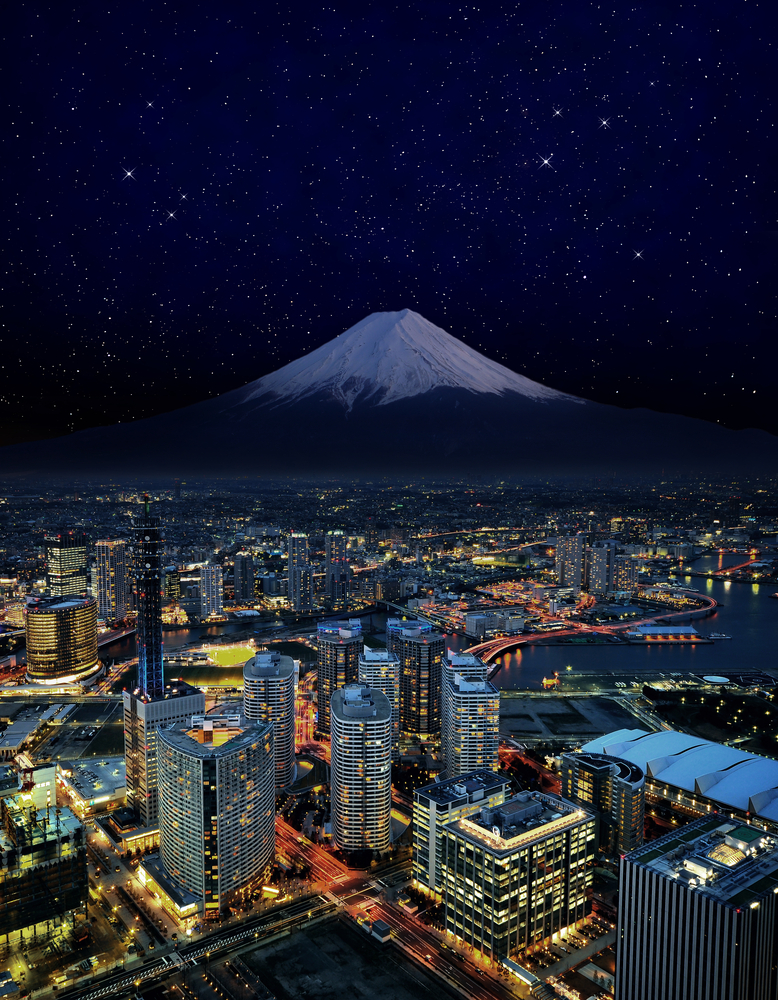
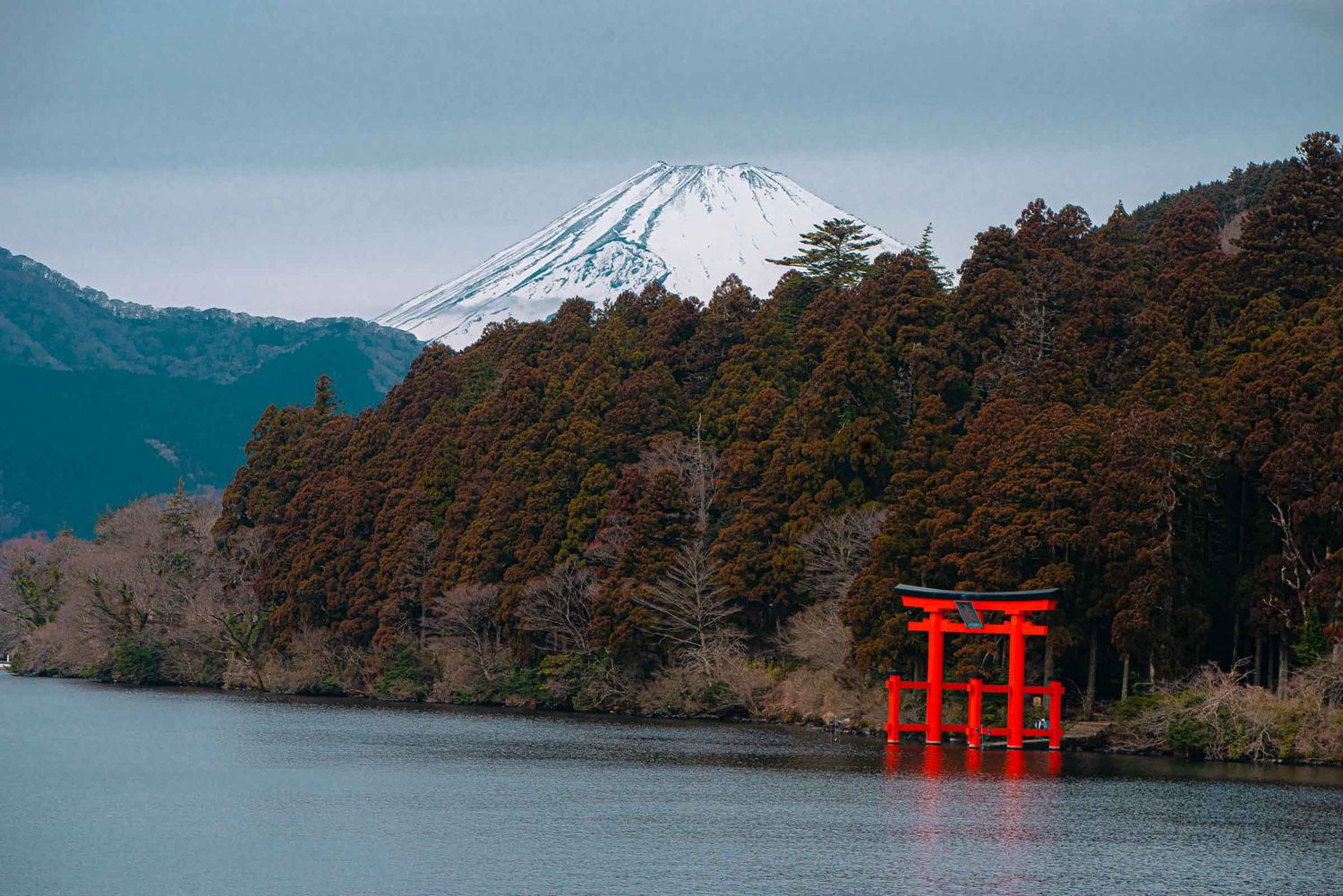
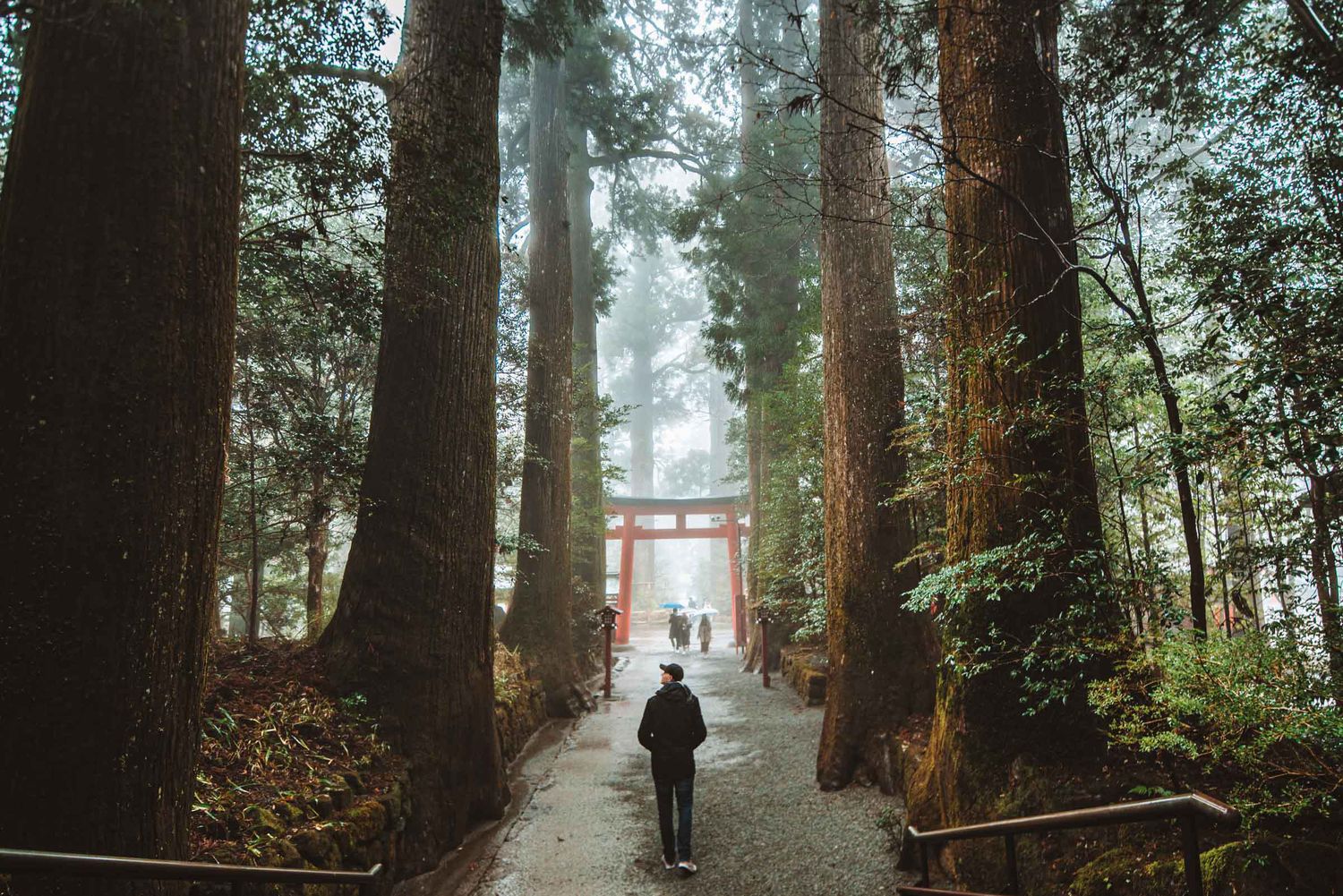
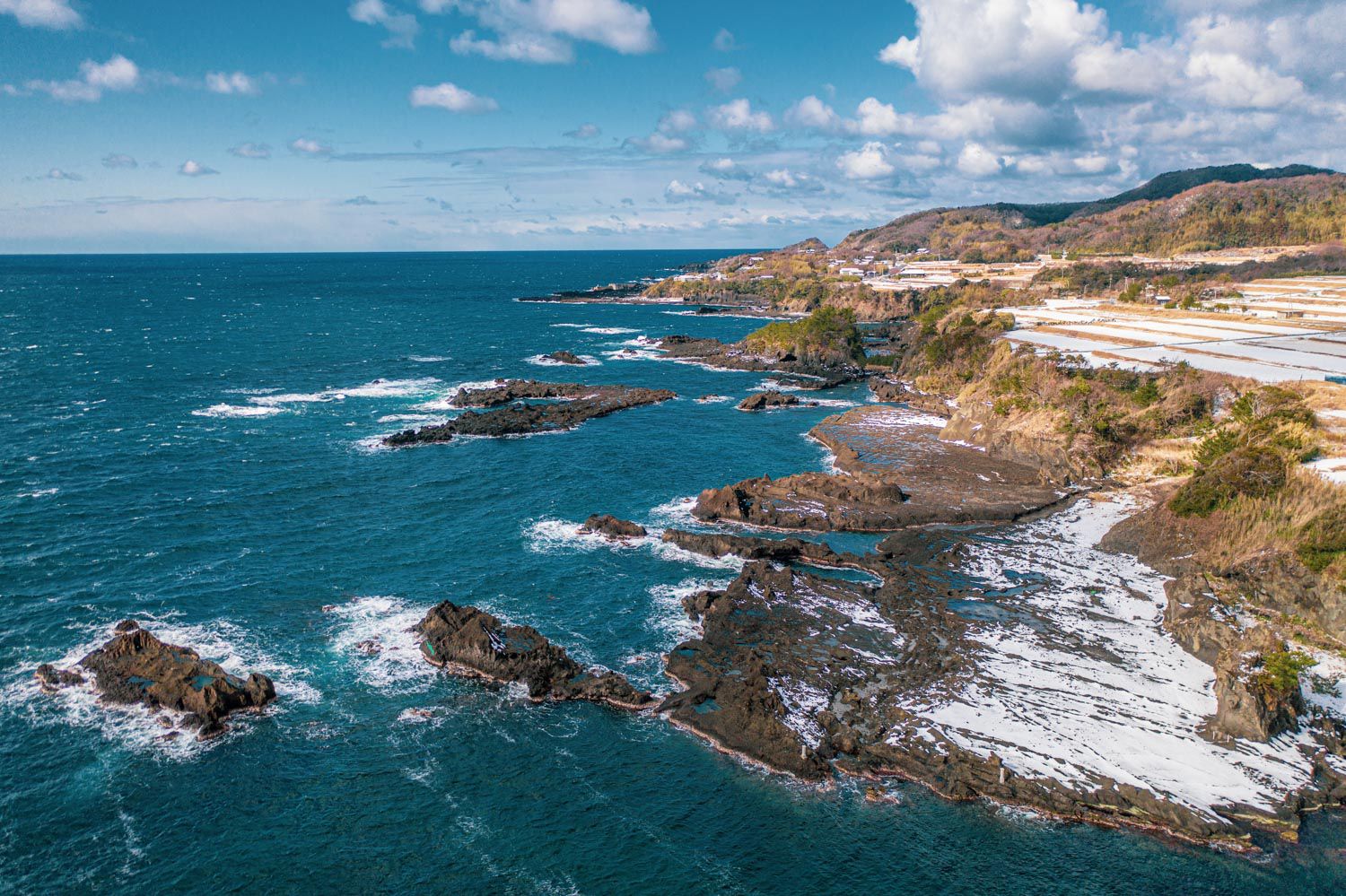
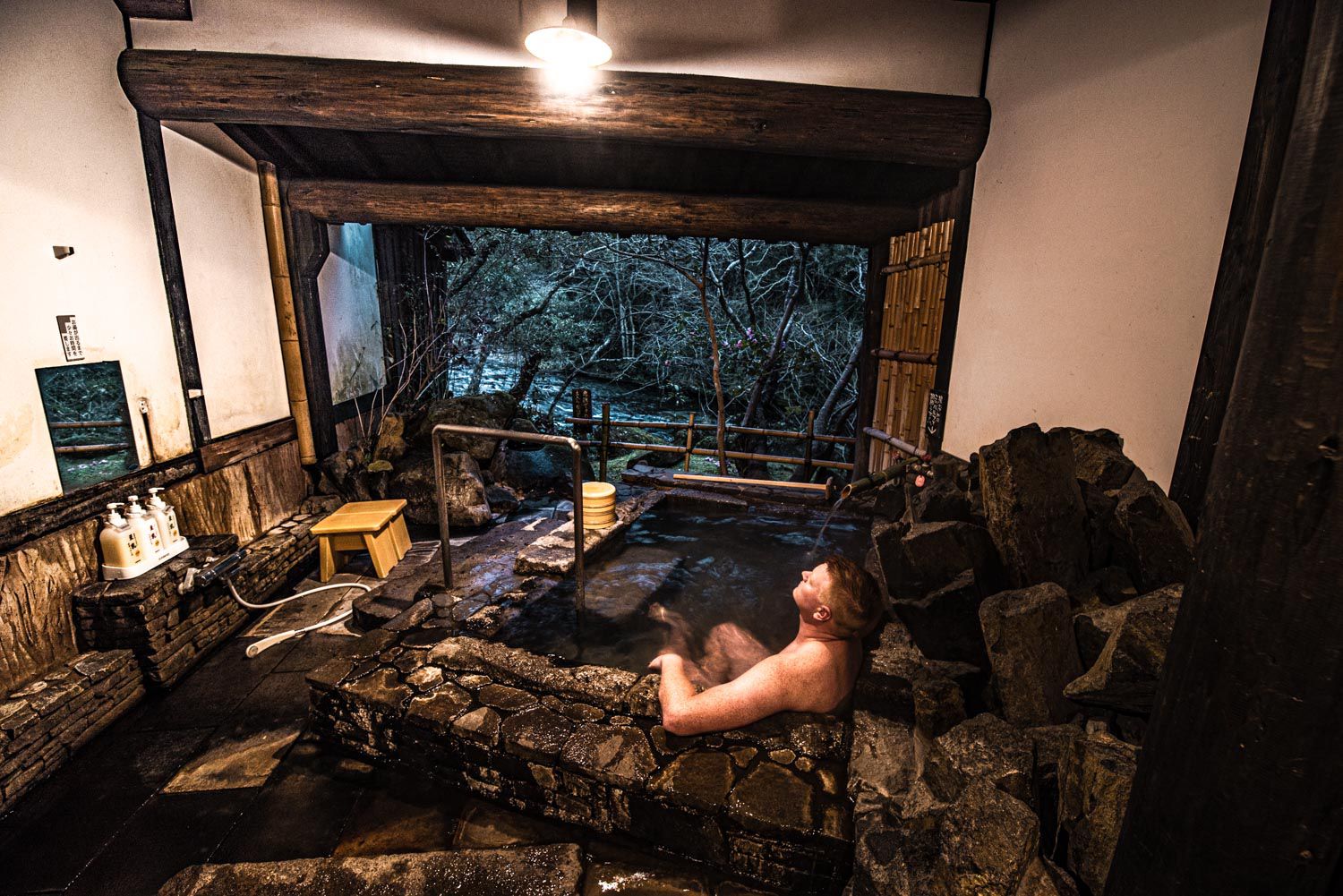
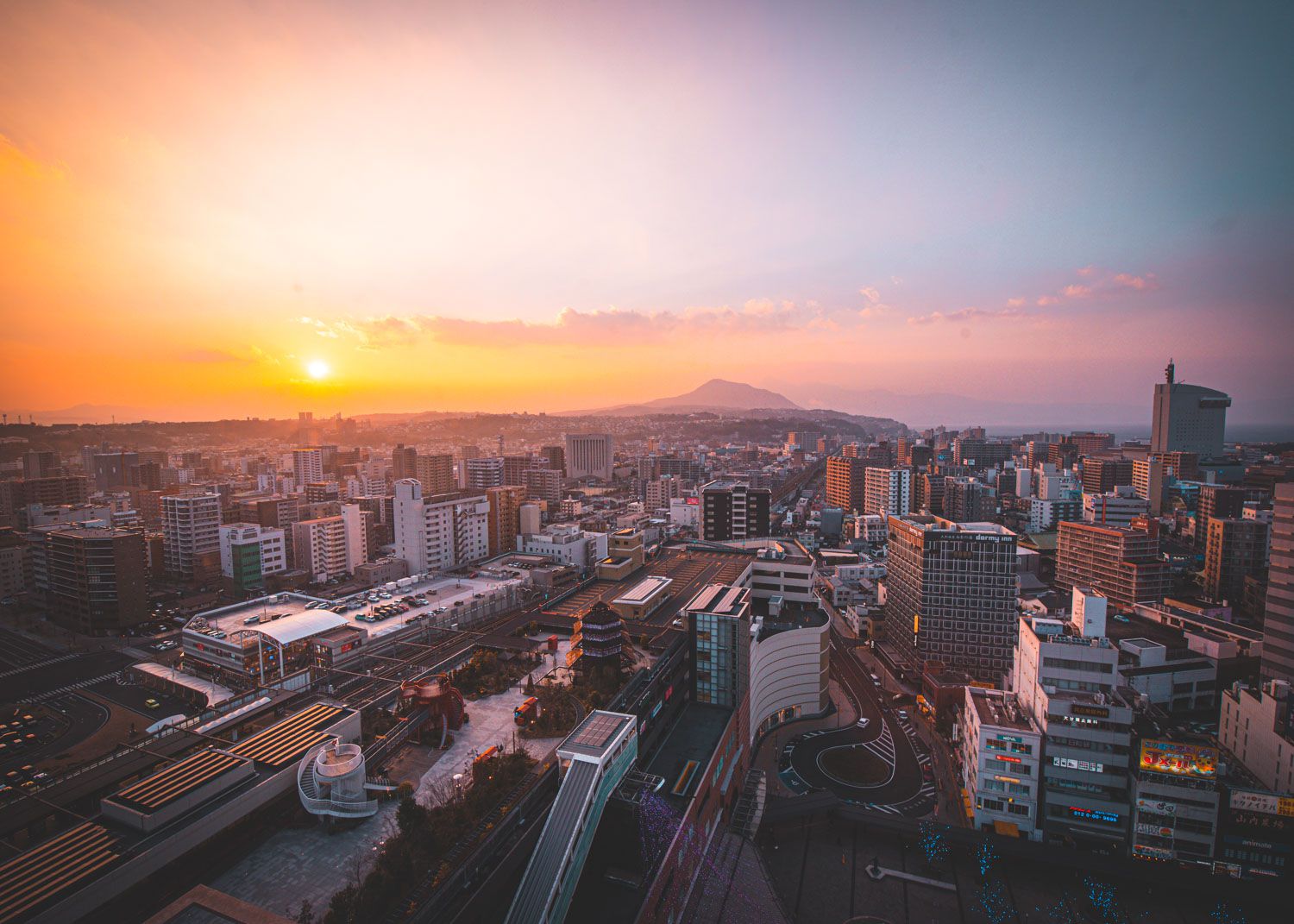
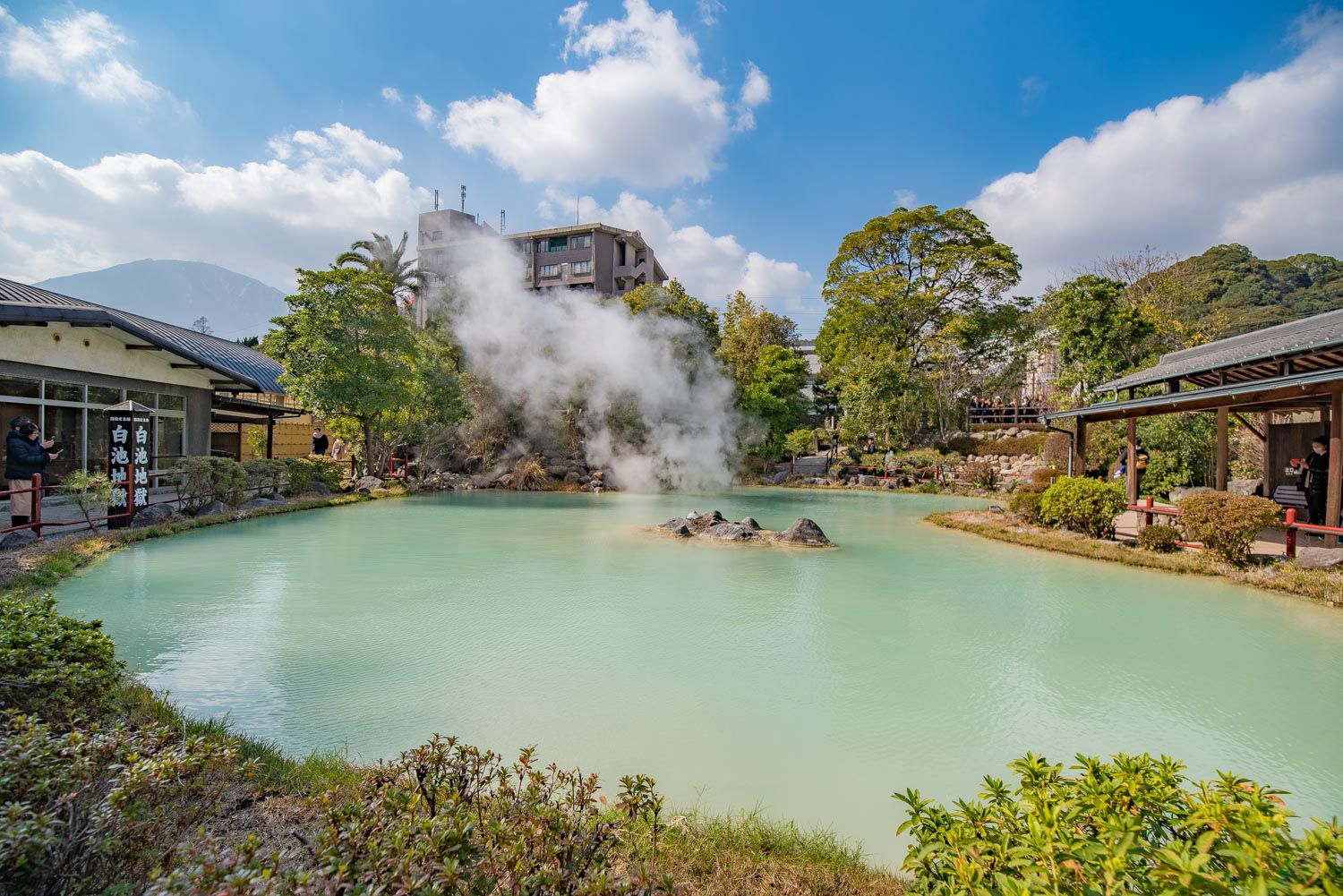
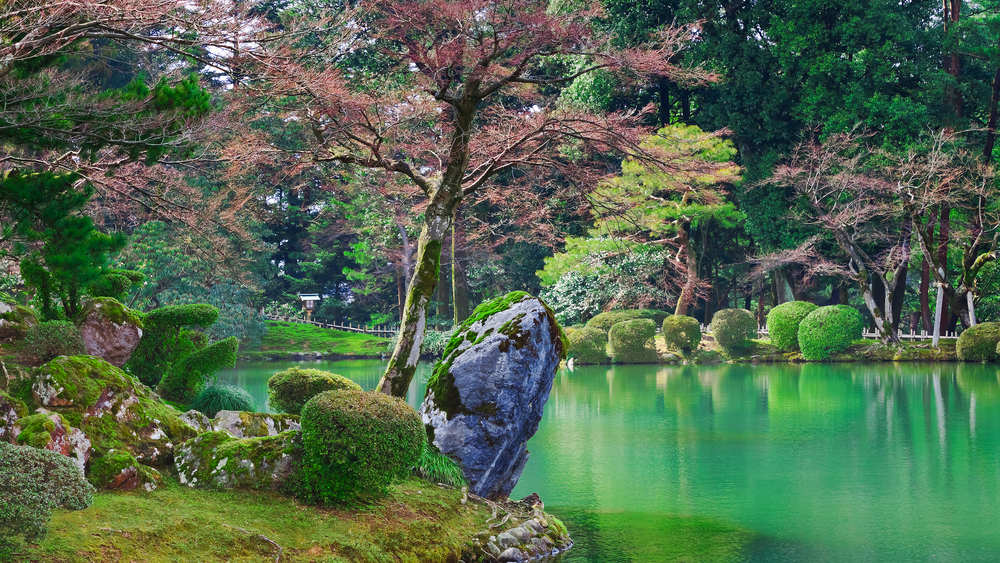
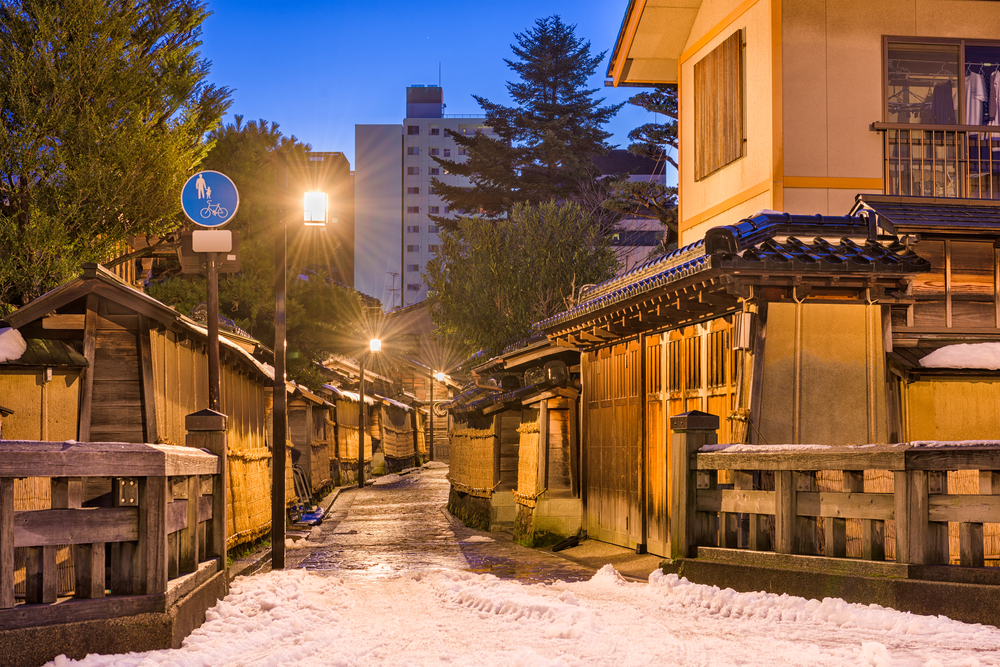
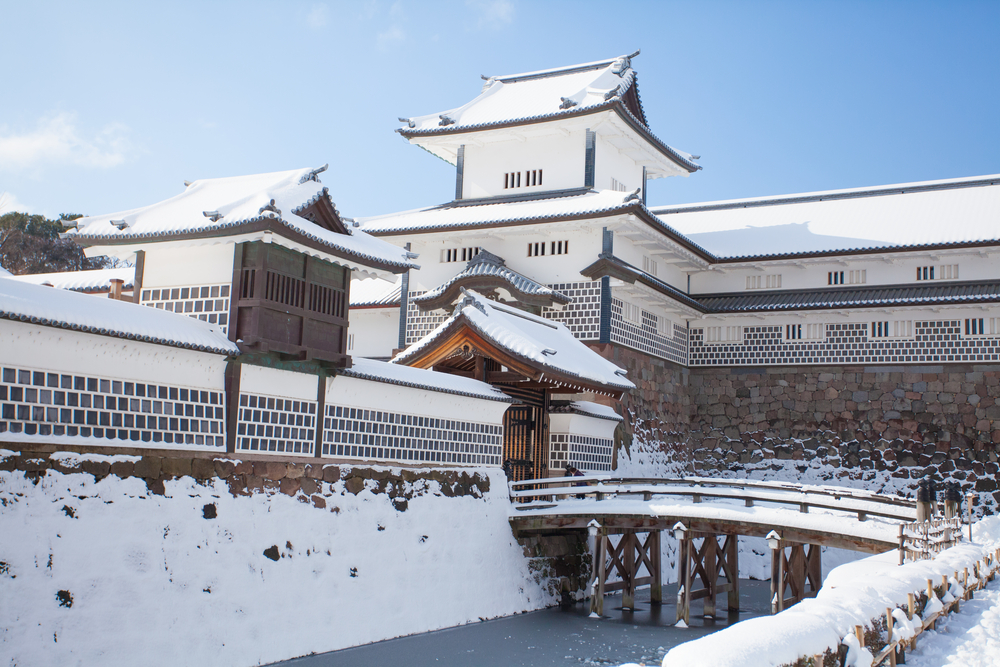
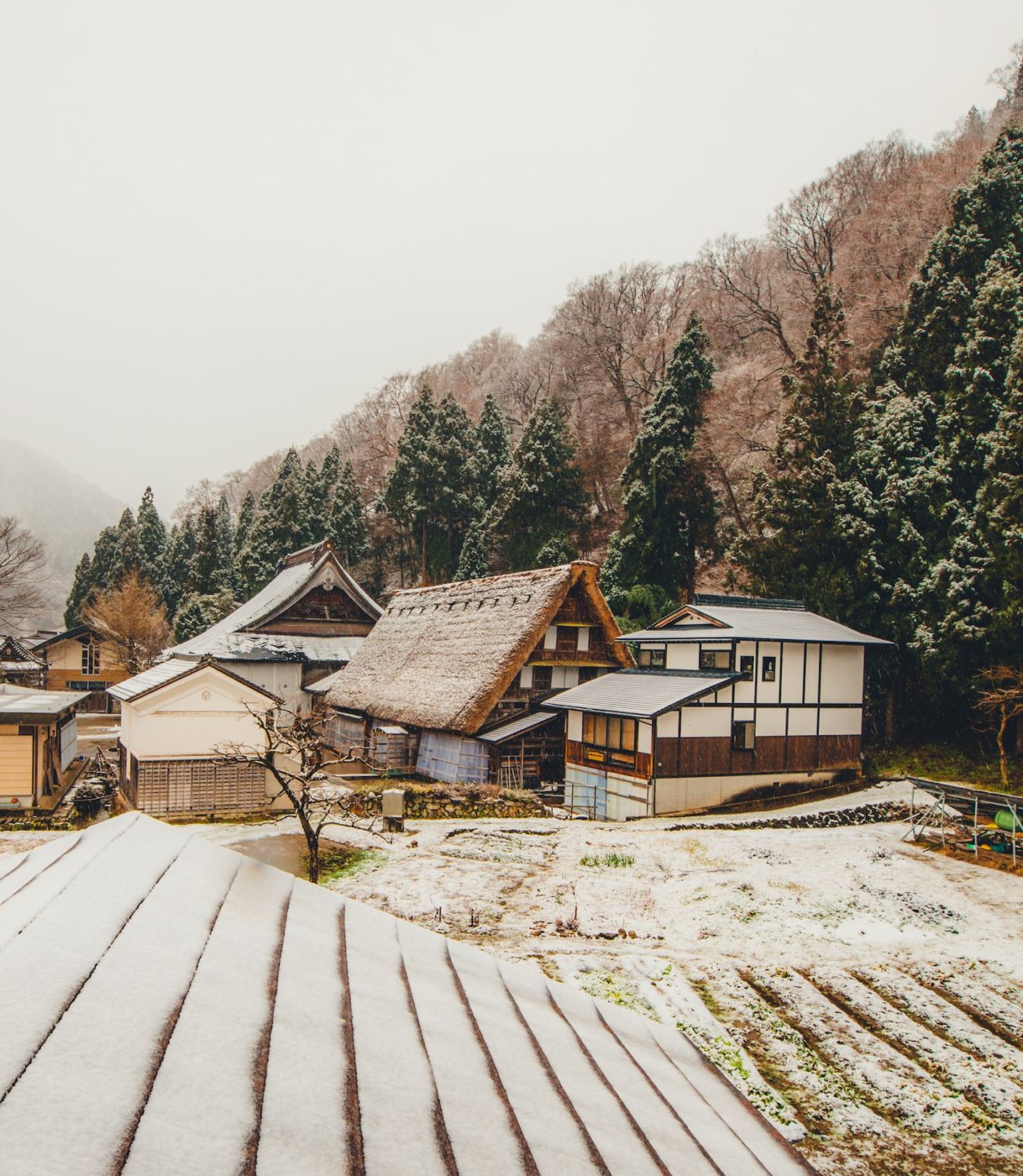
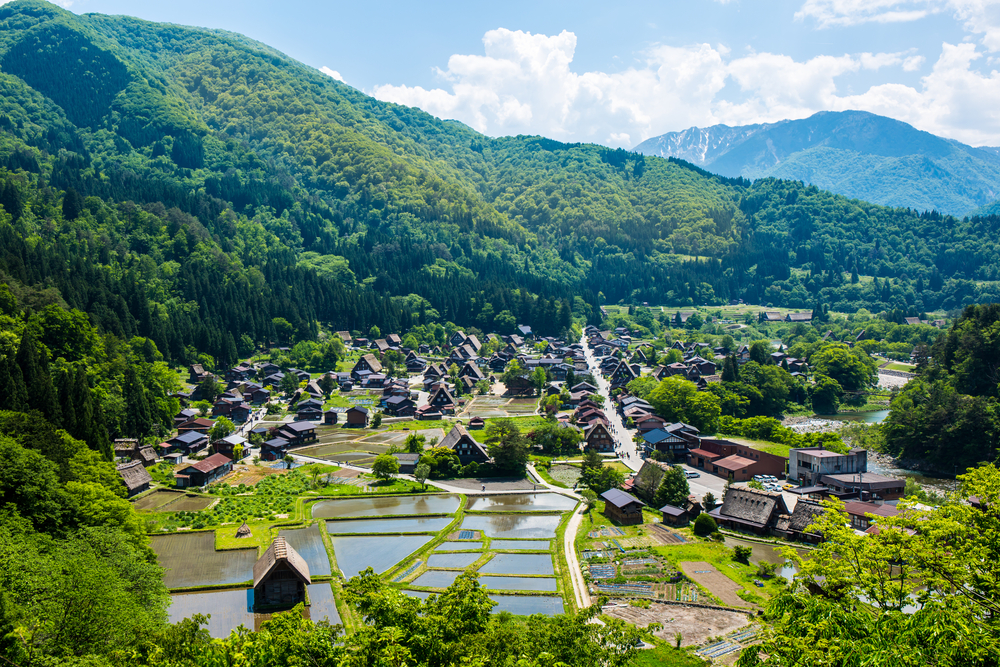
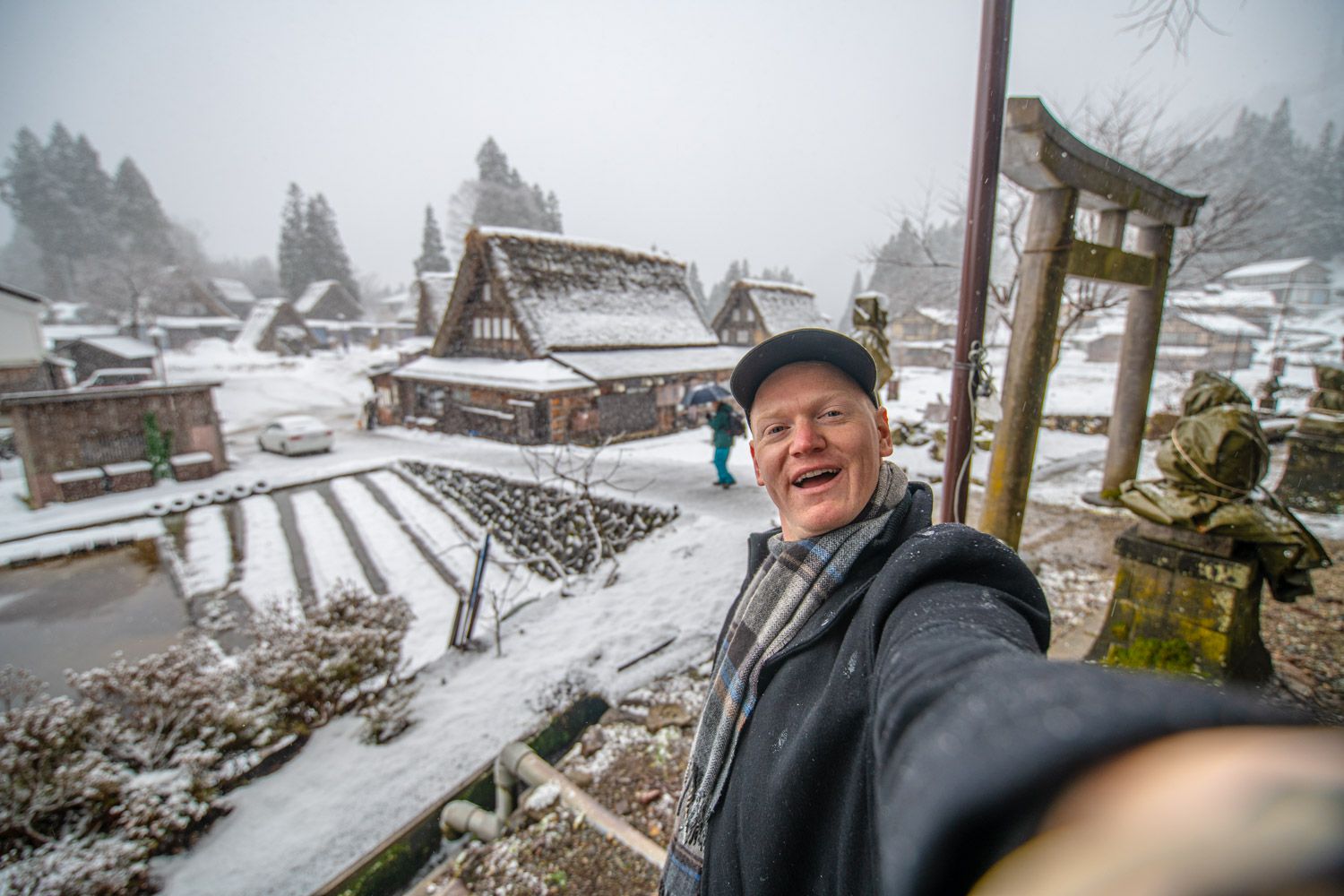
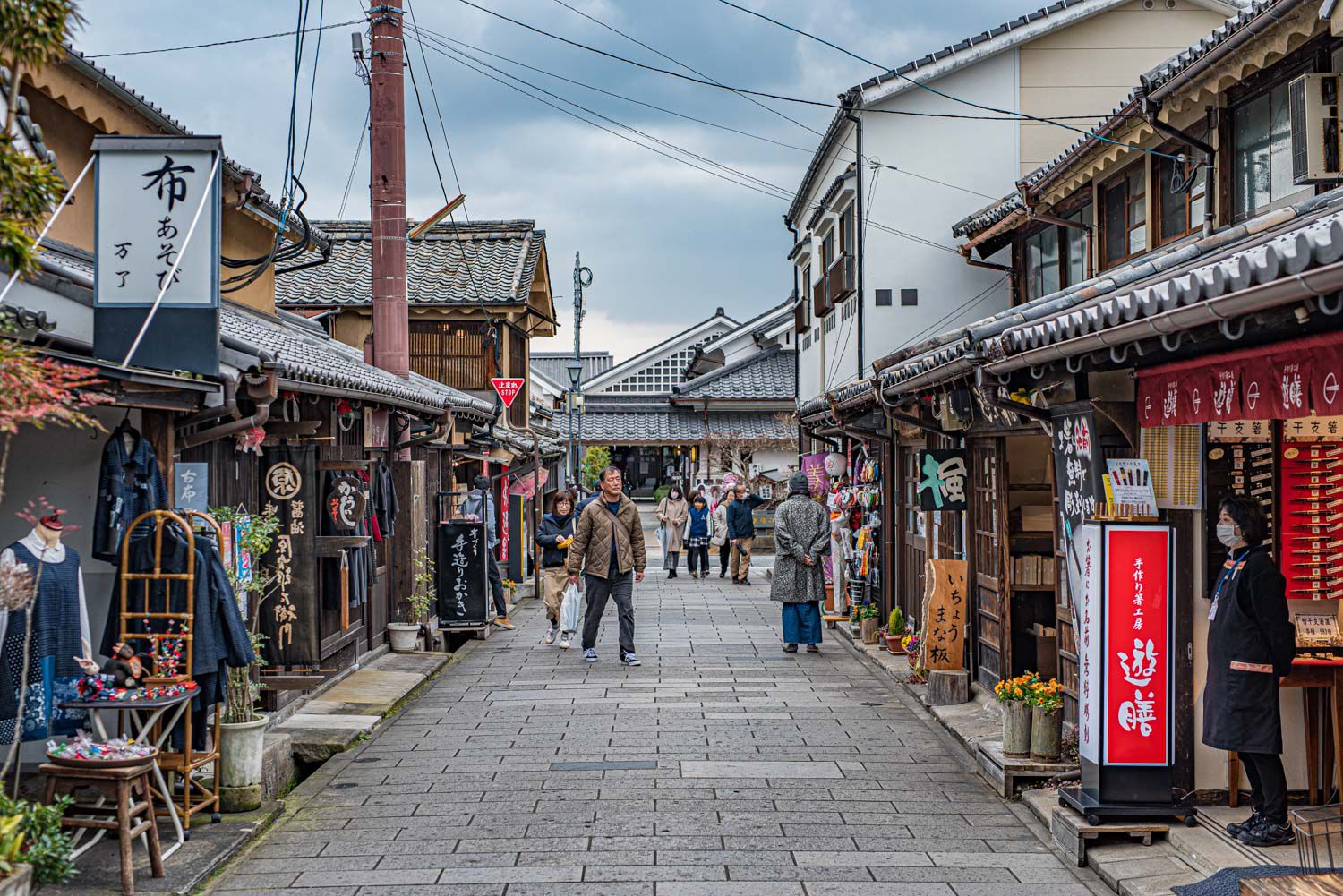
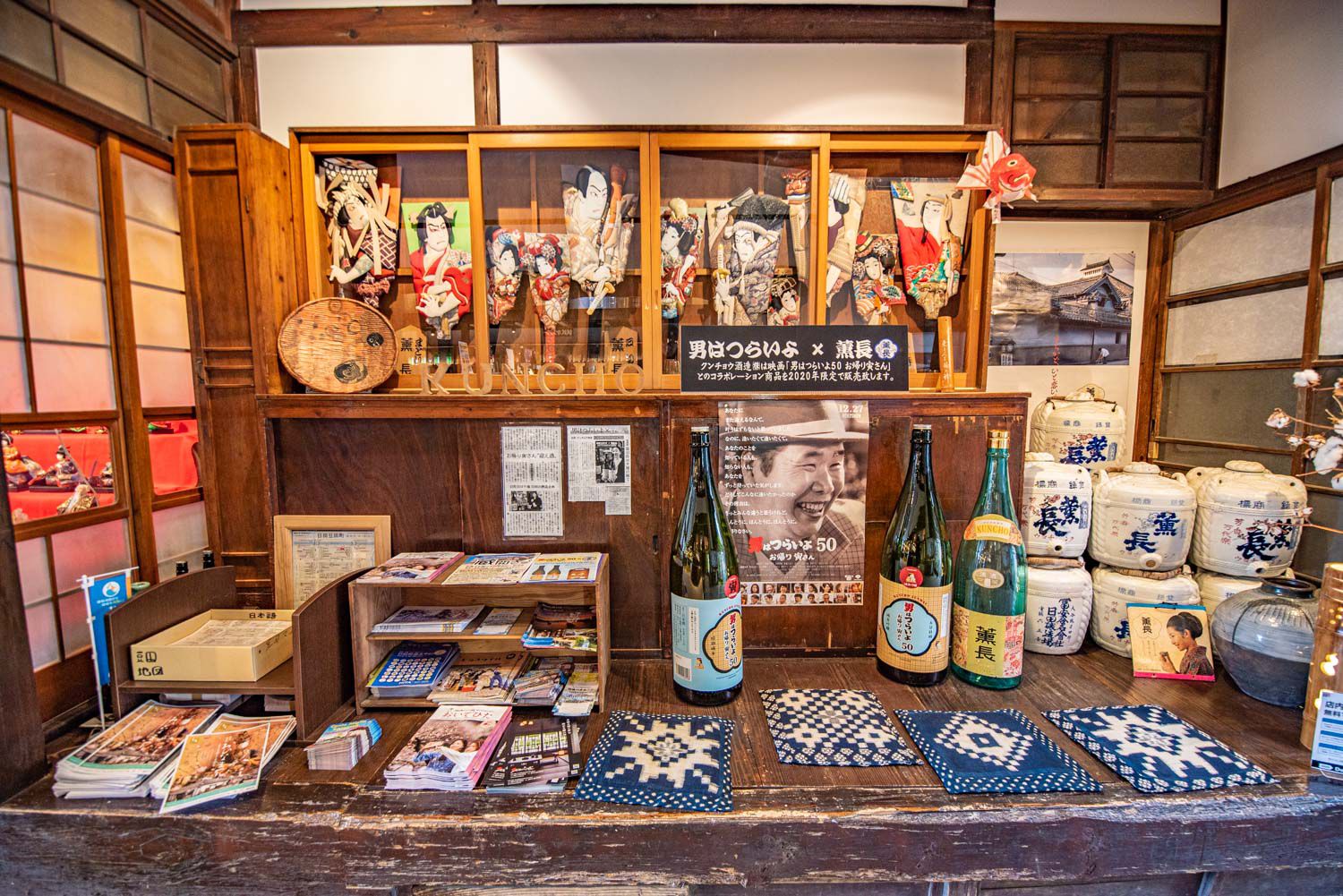
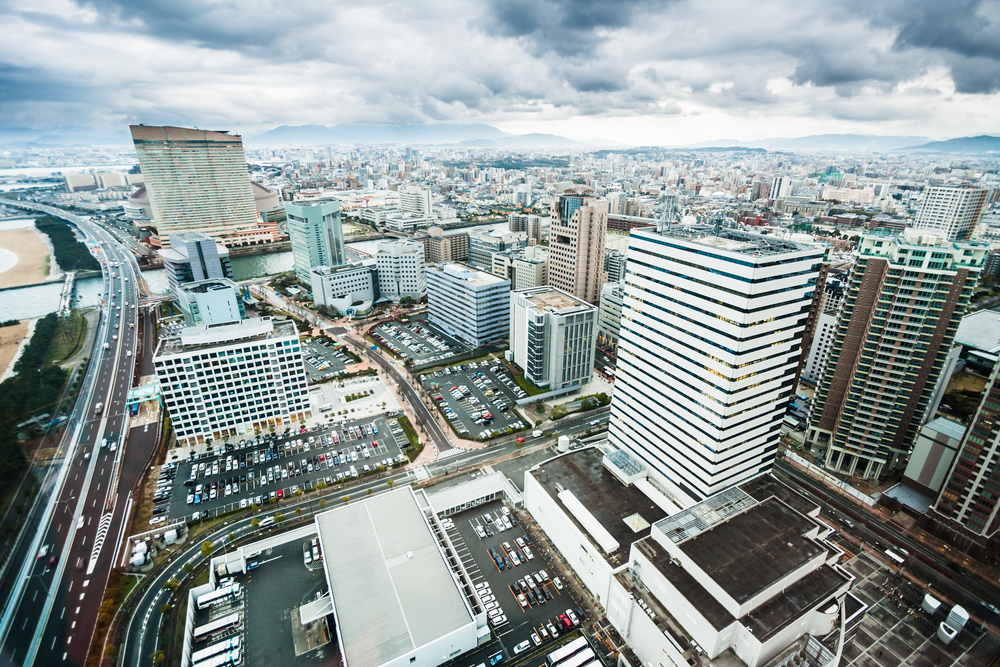
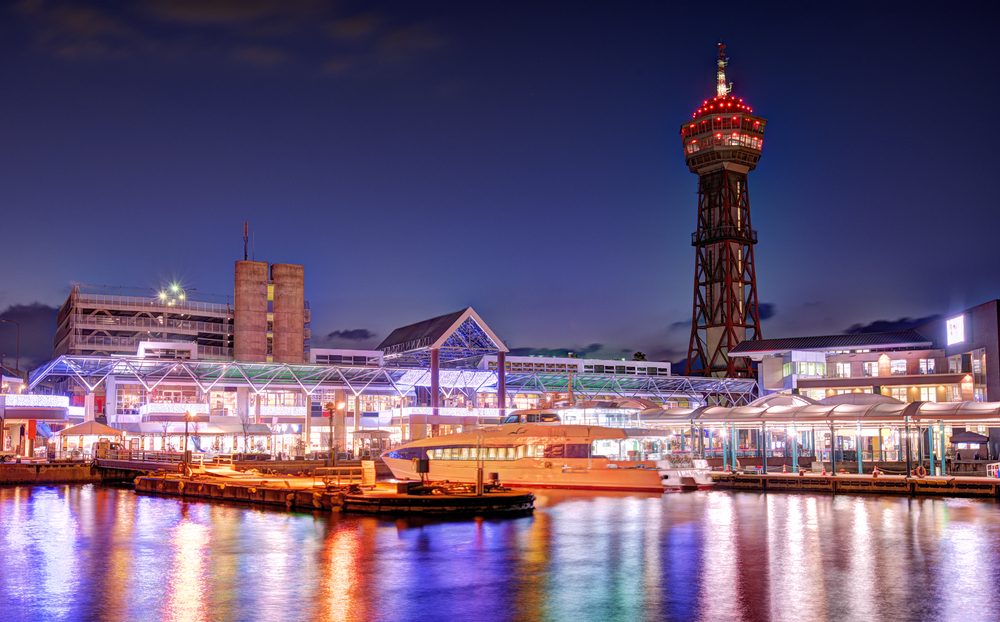
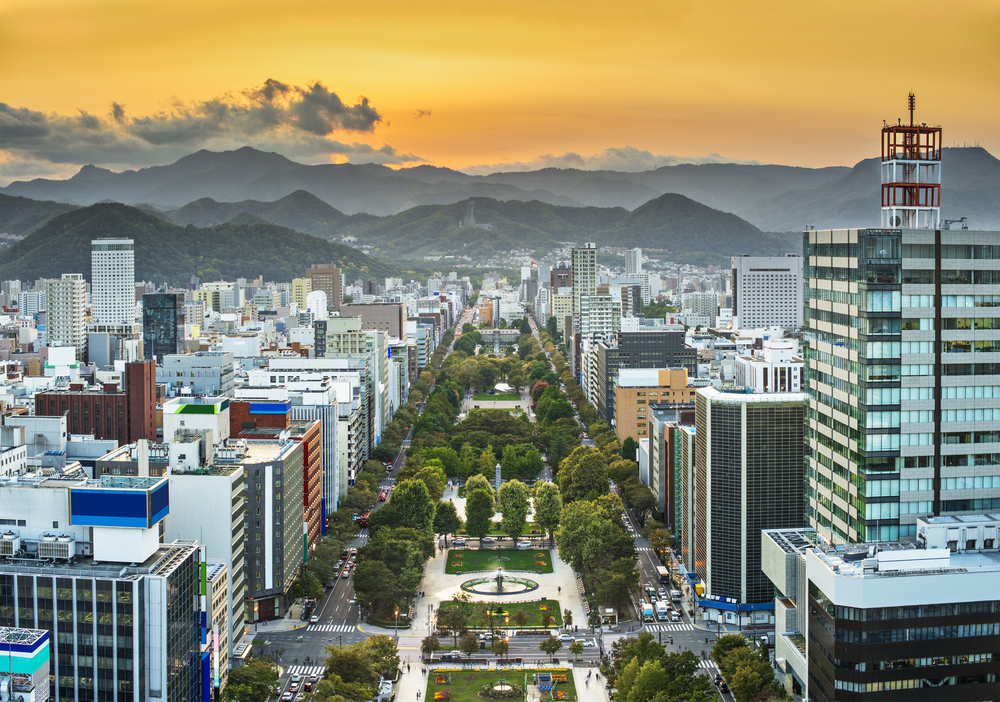
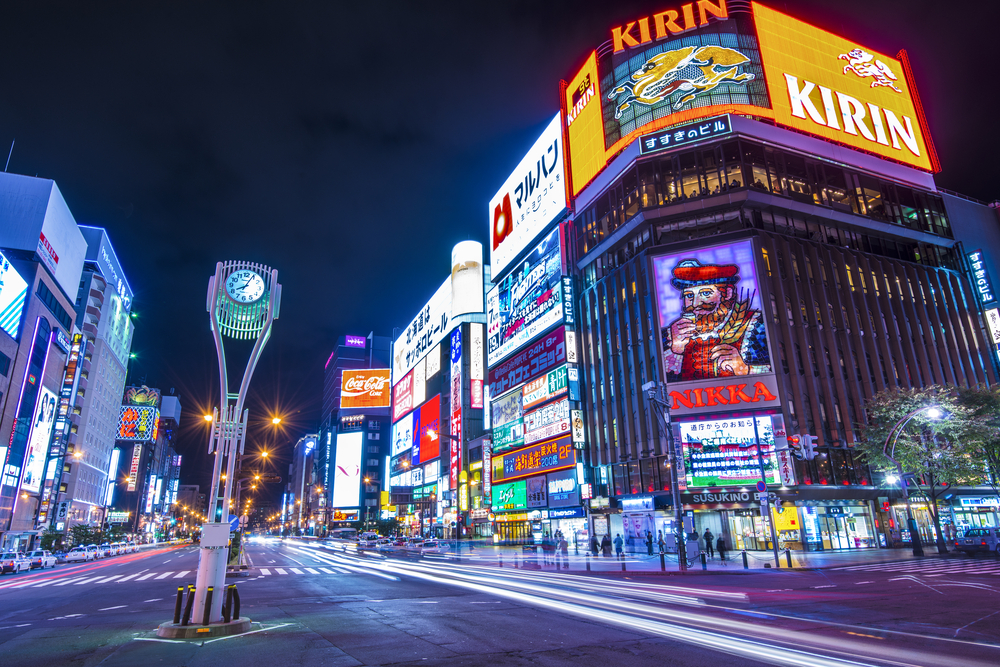
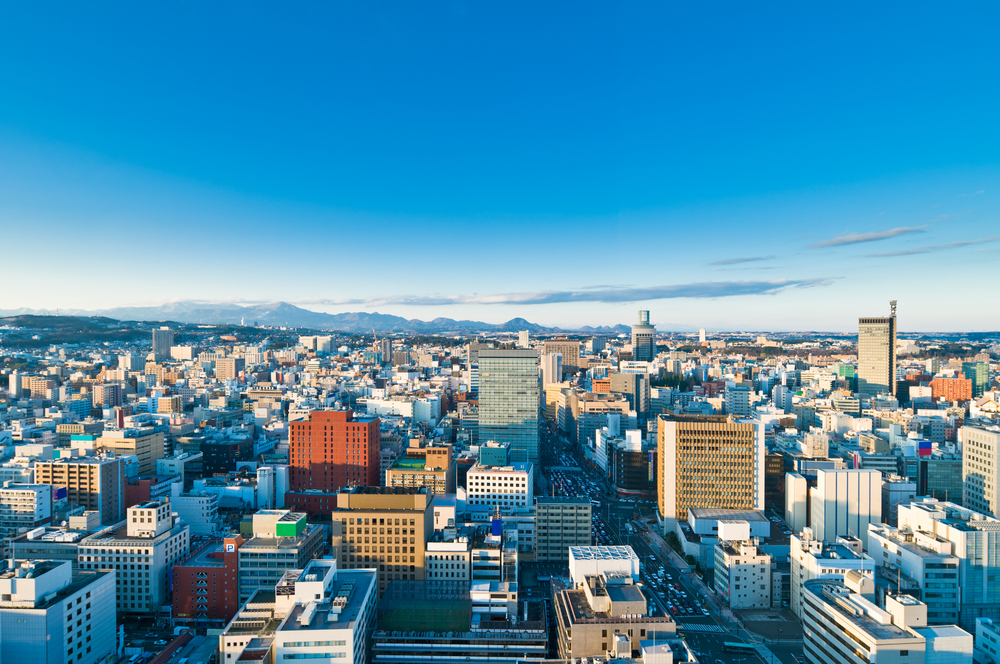
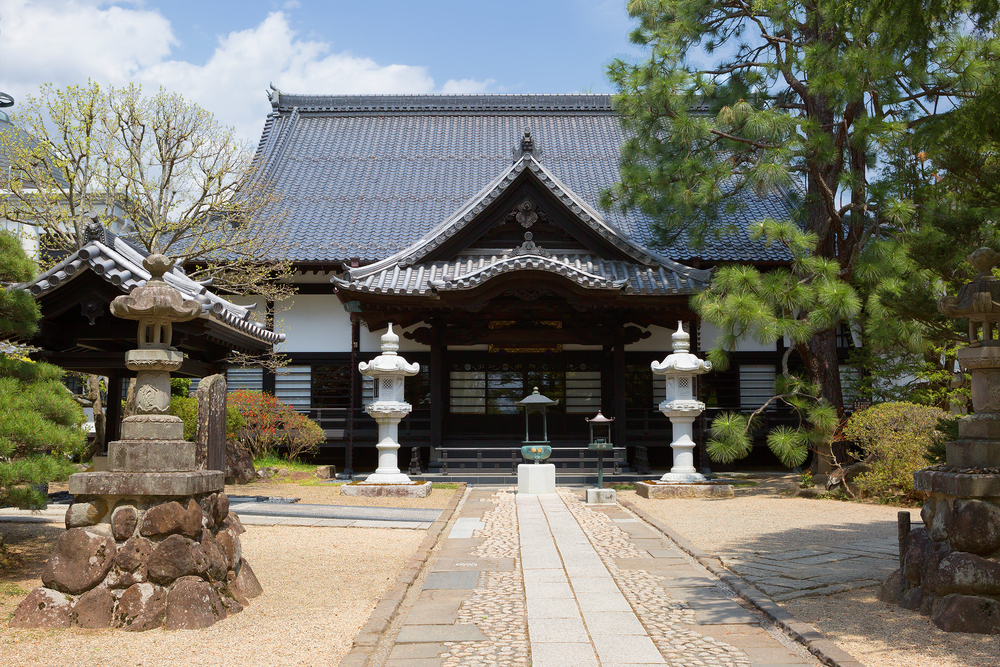
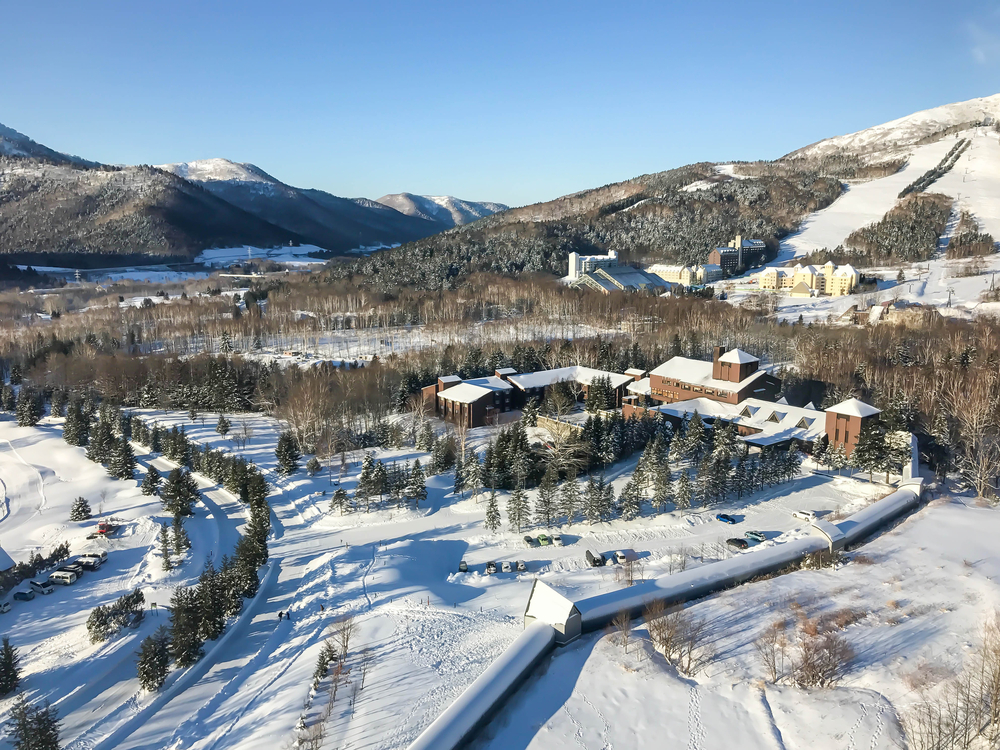
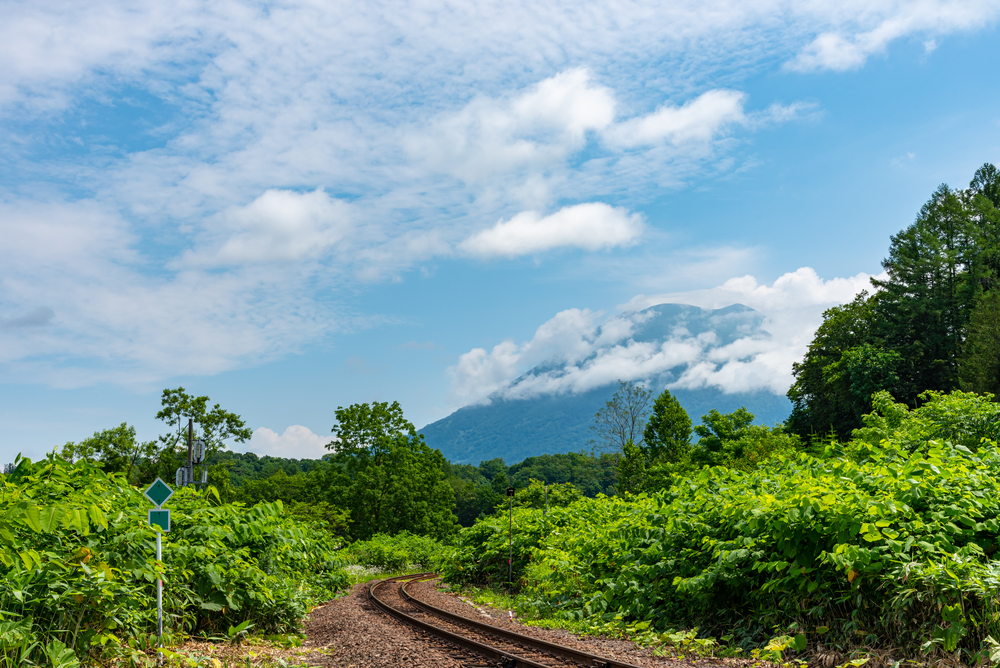
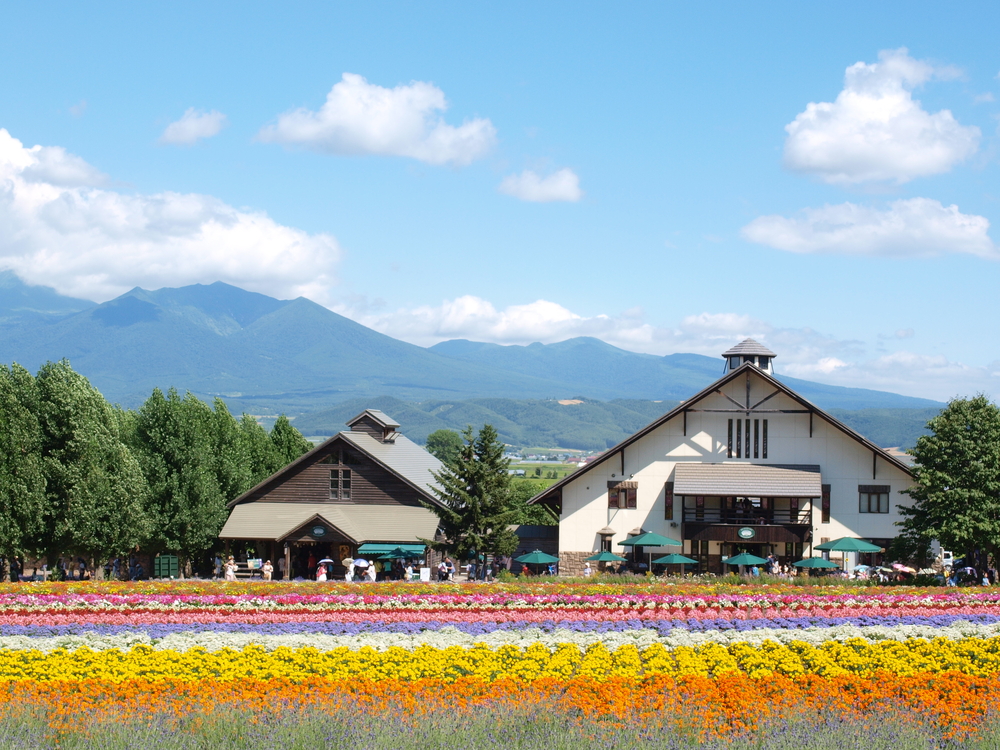
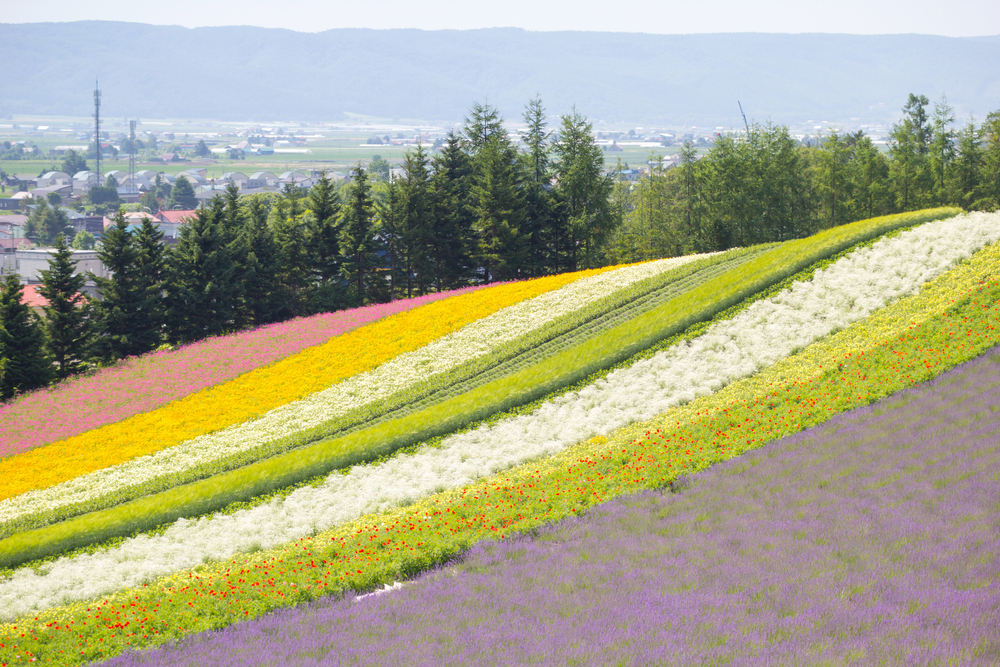
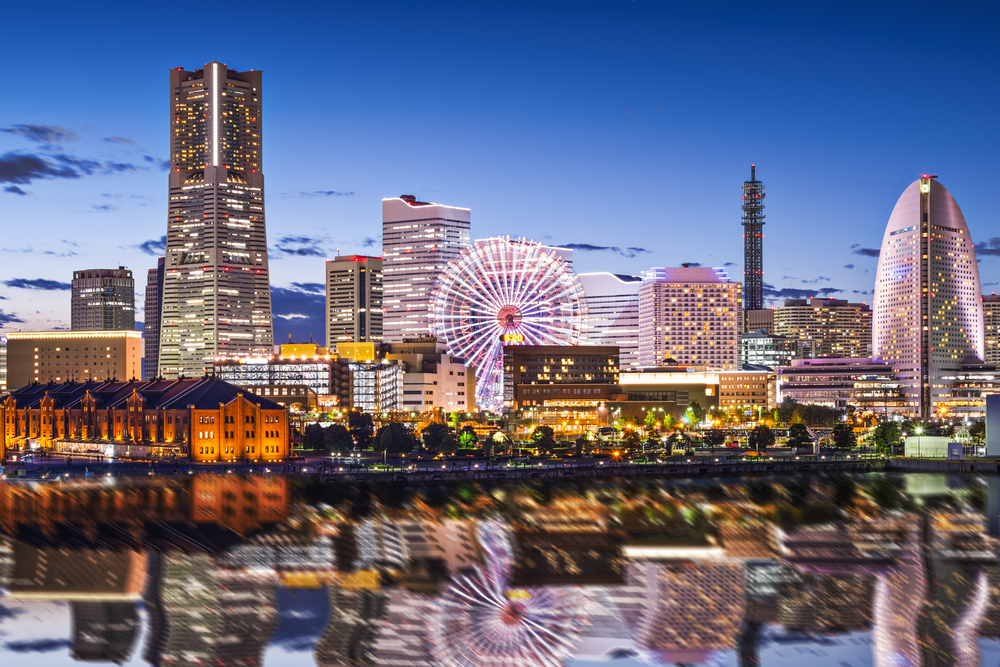
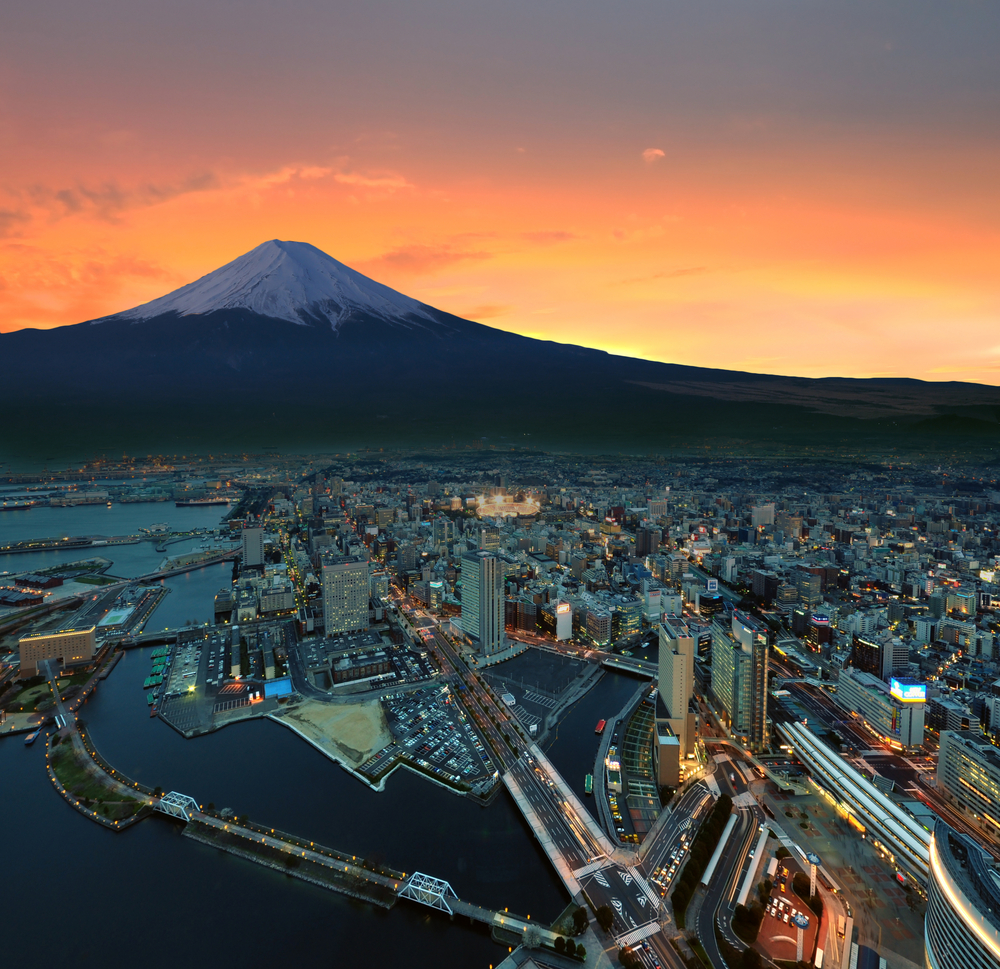
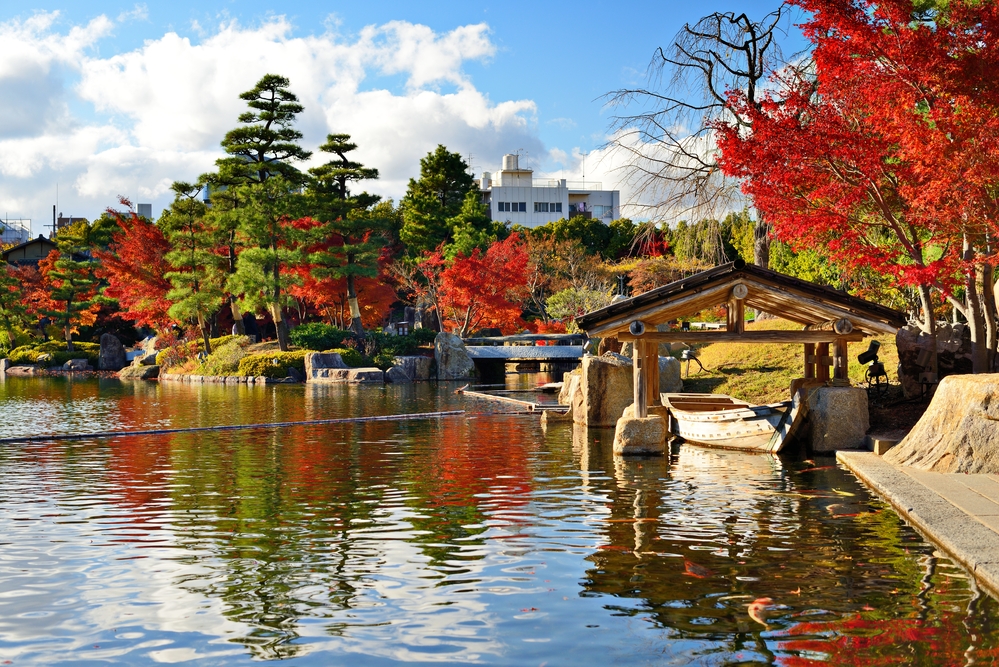
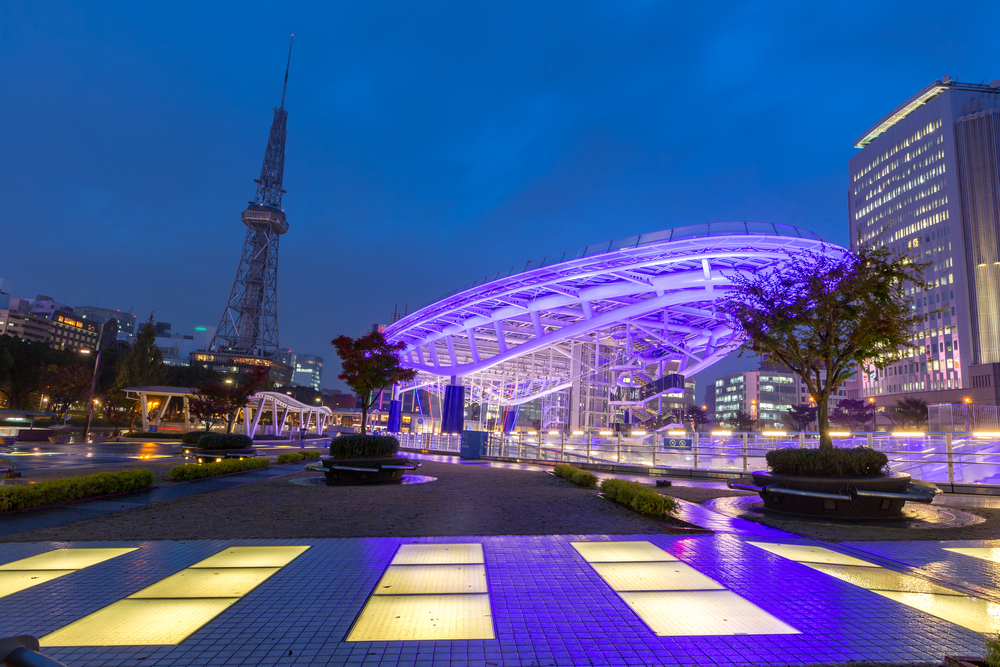
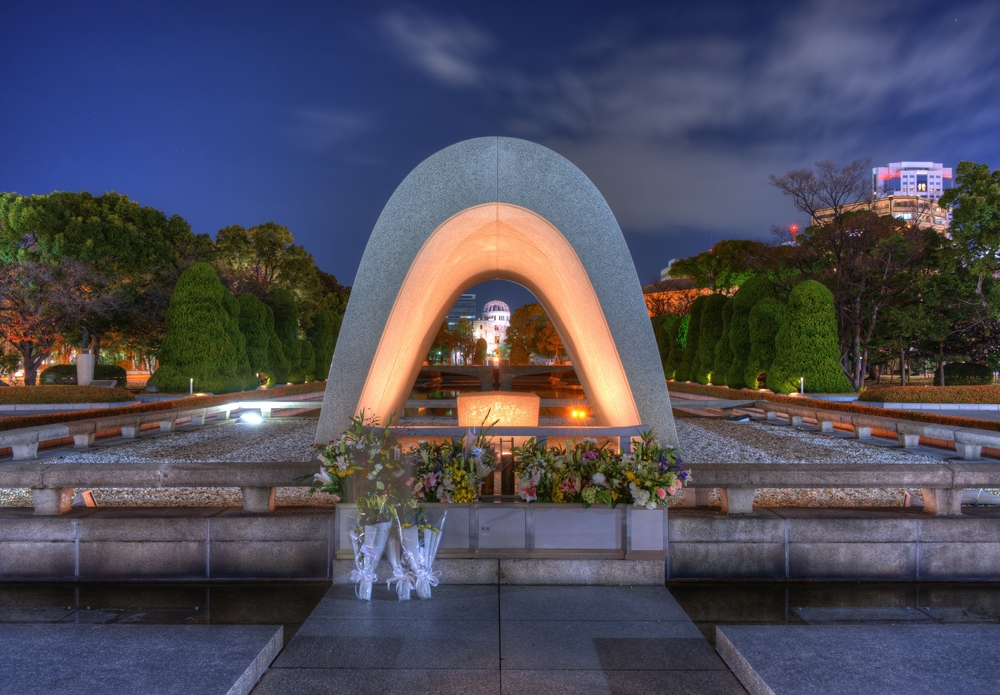
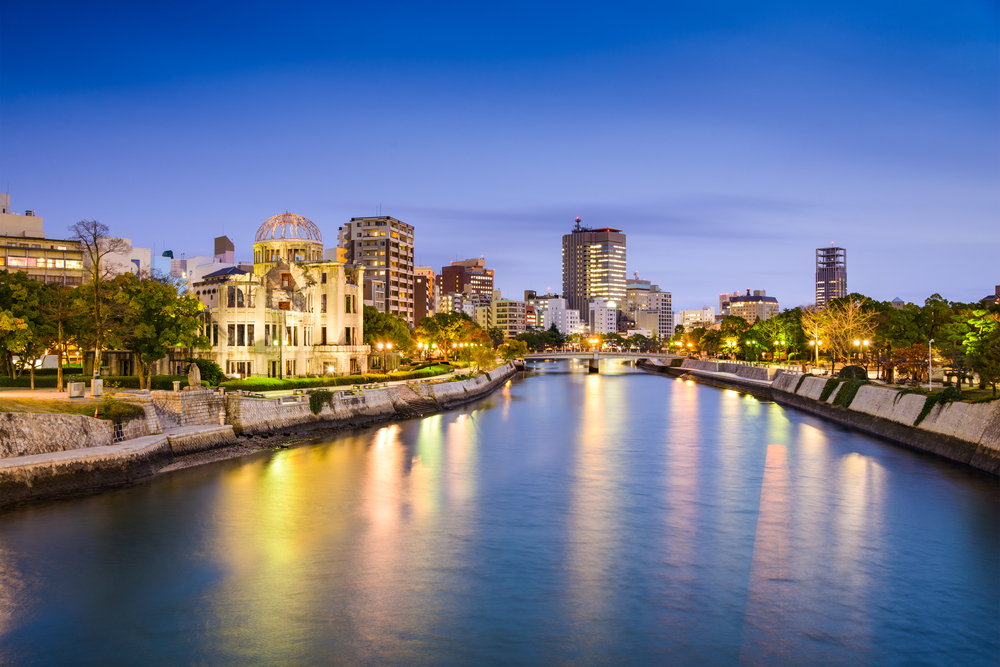
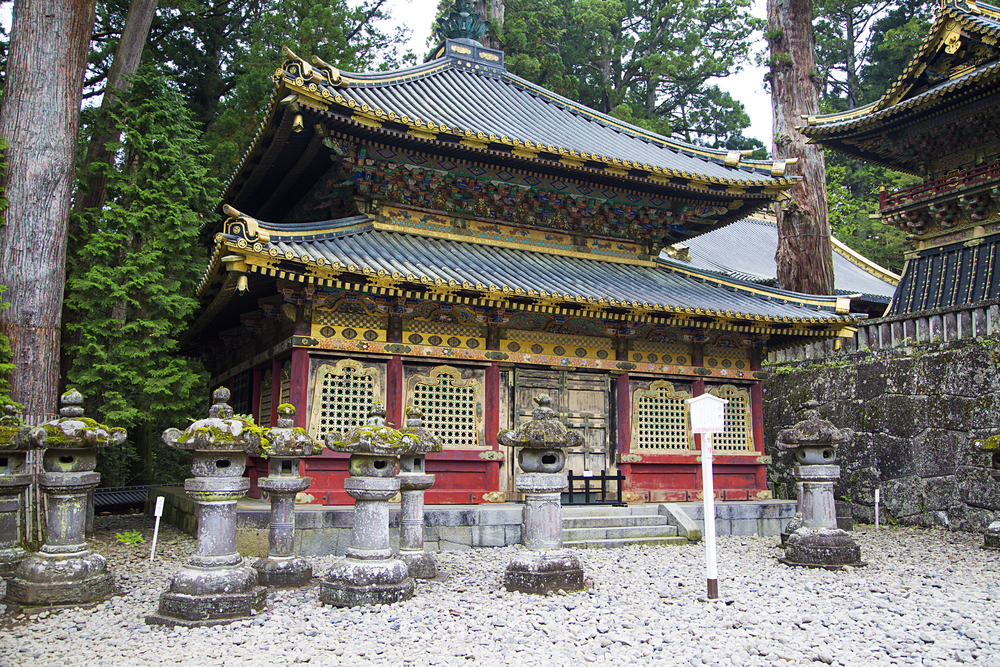
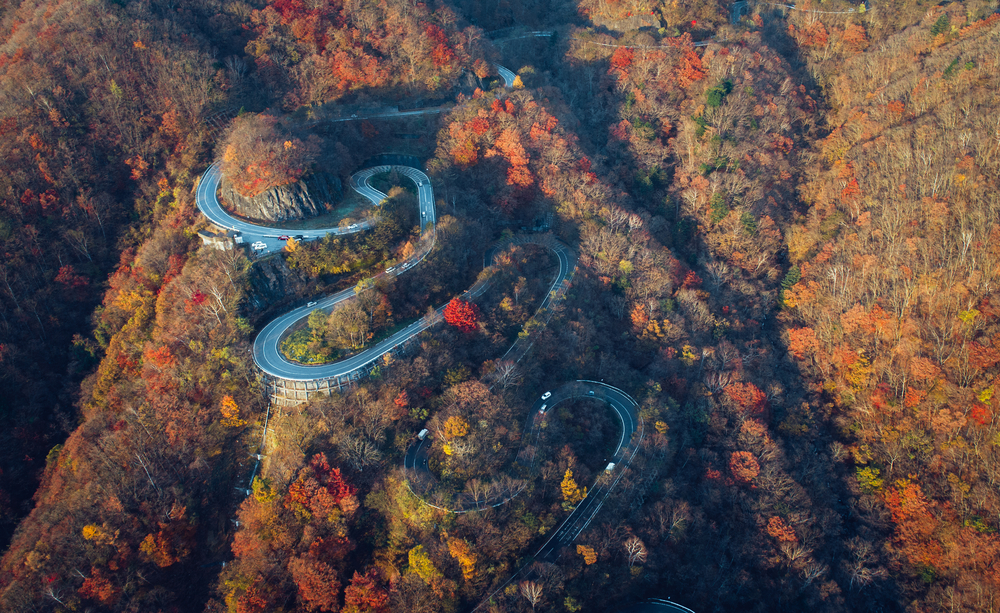
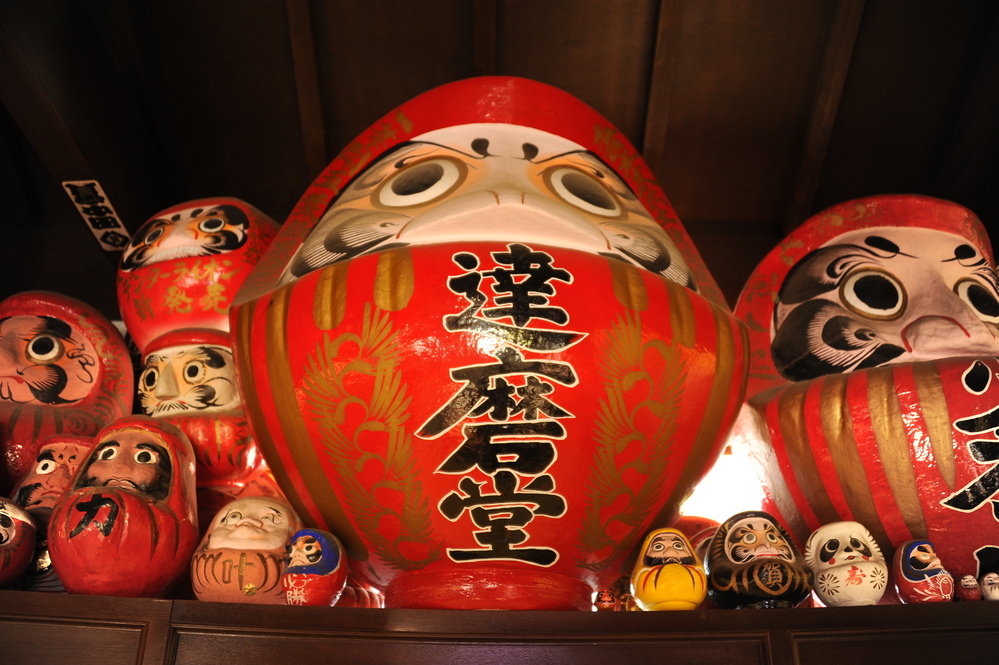
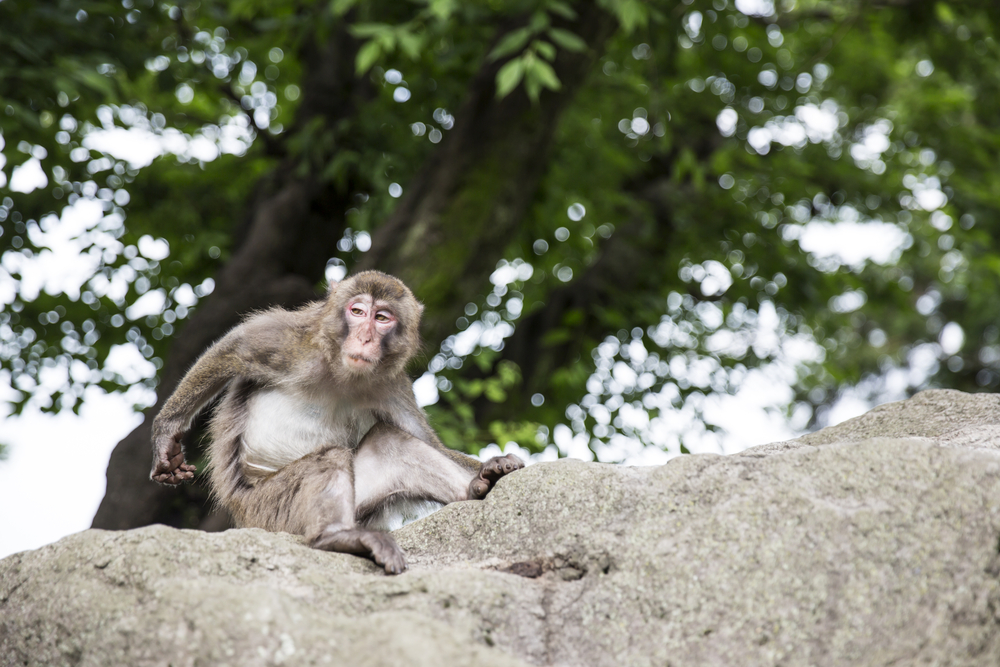
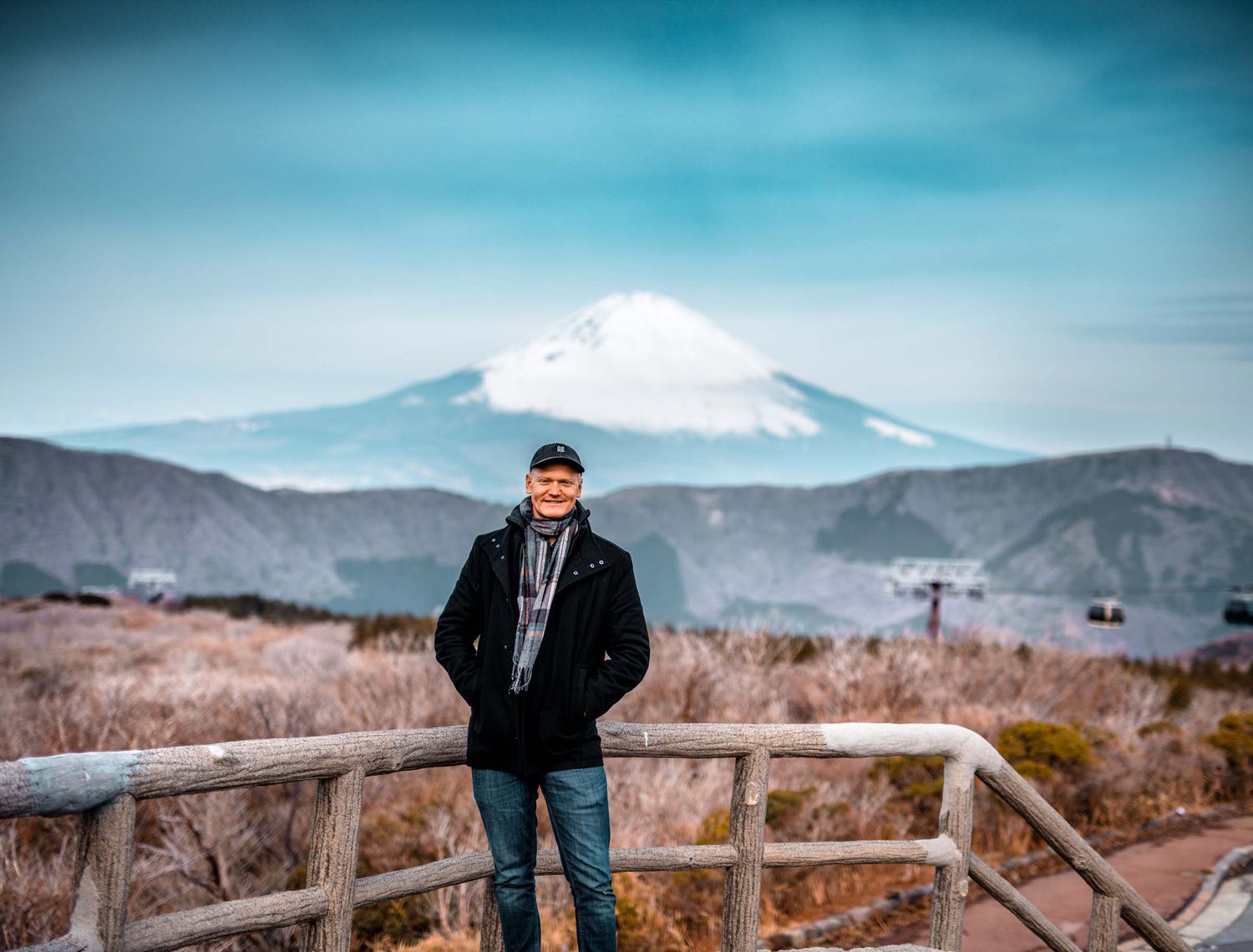


8) Sapporo is a port? Wrong! Please check the map first. It is located inland.